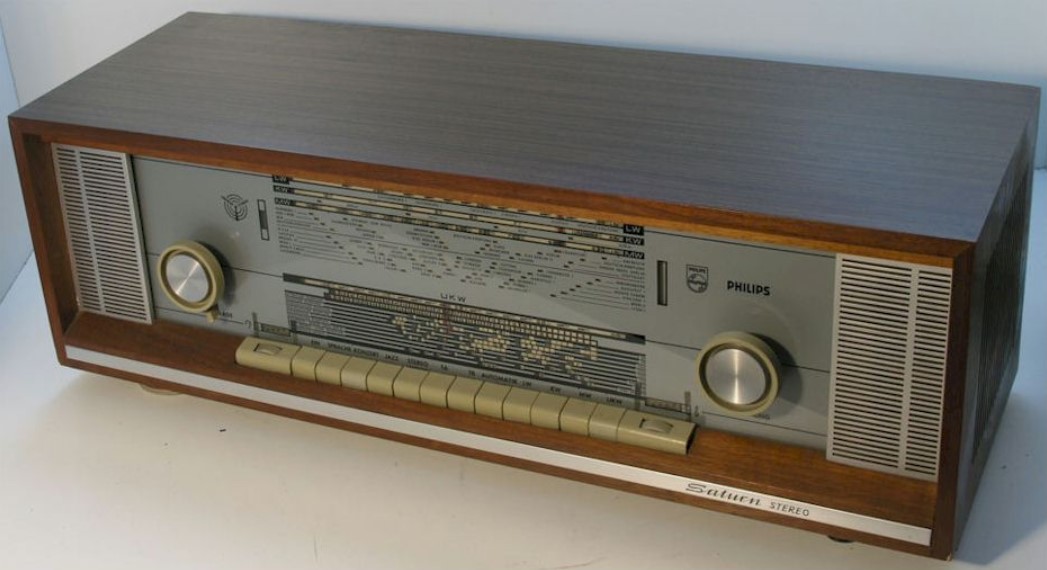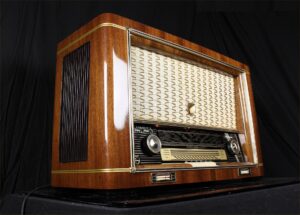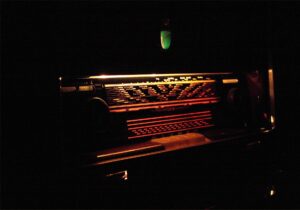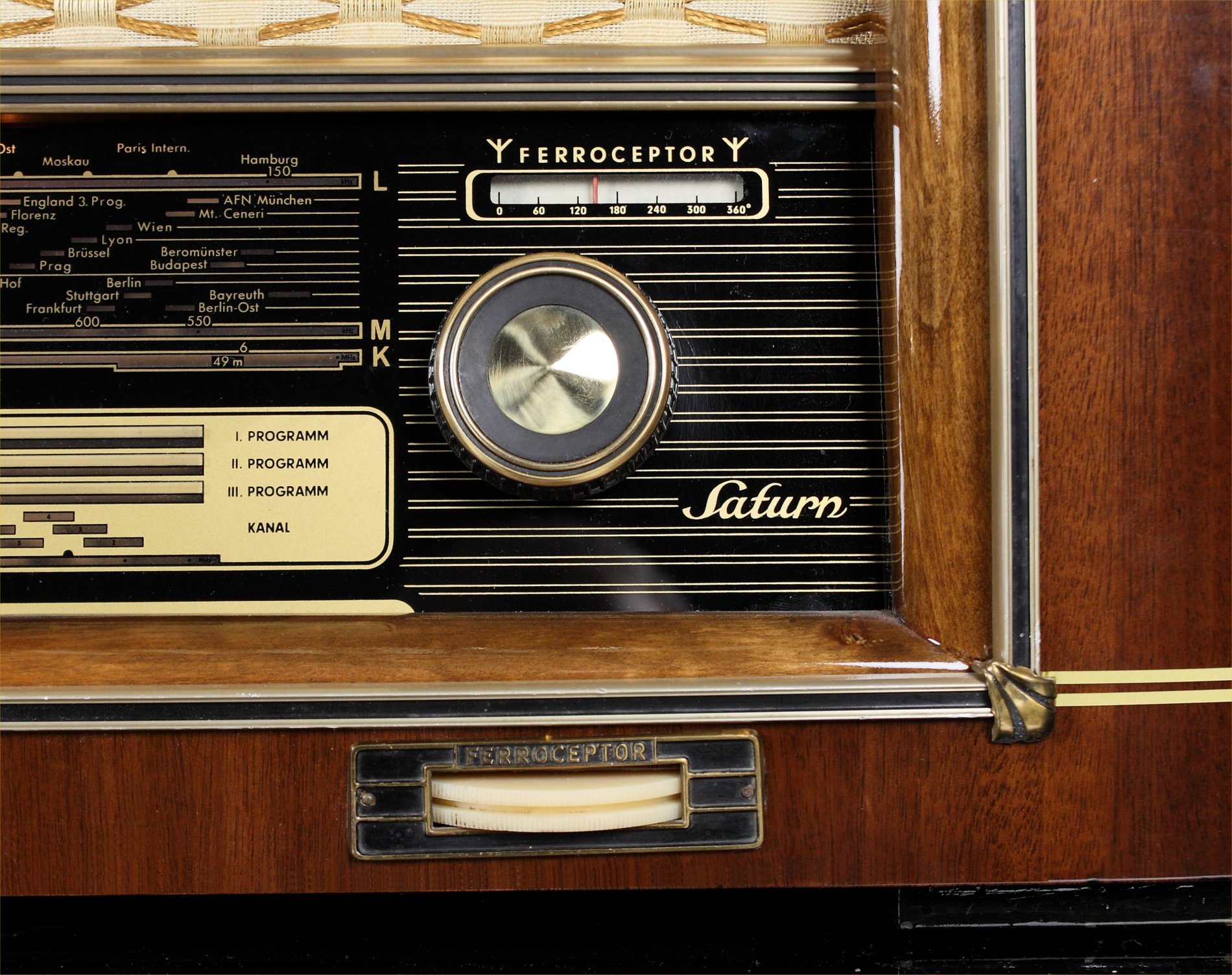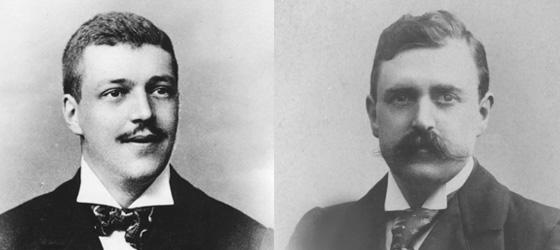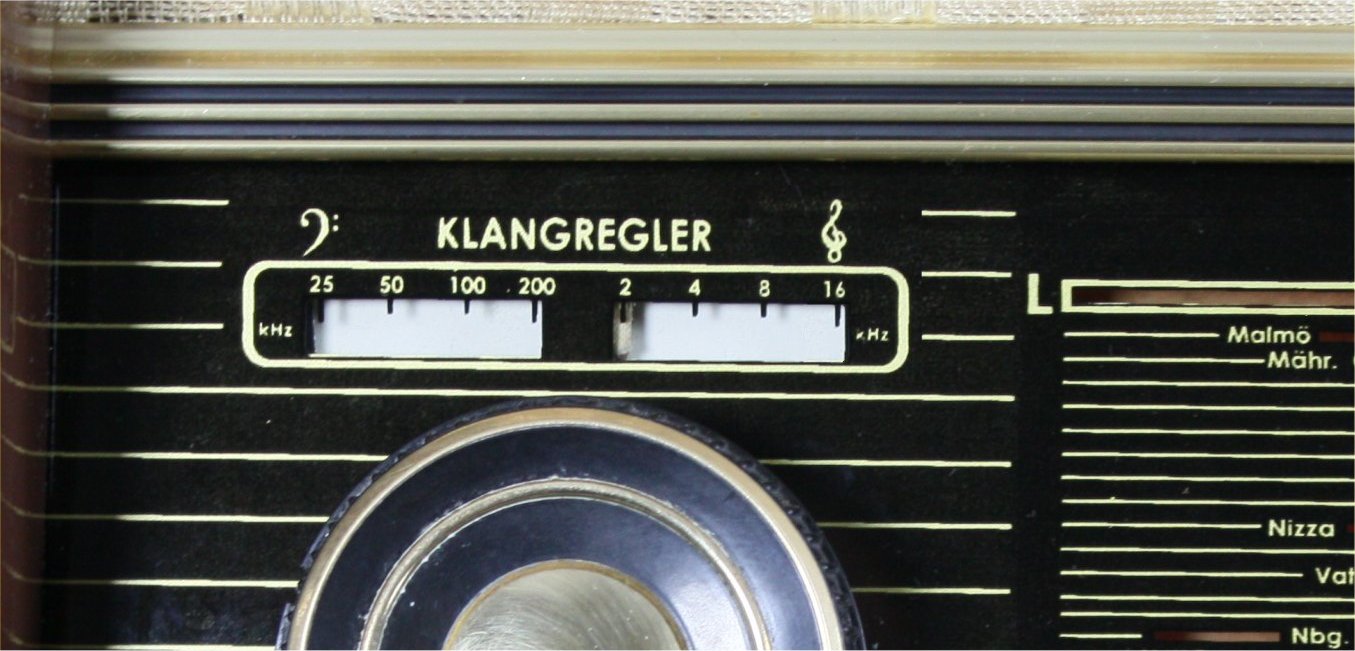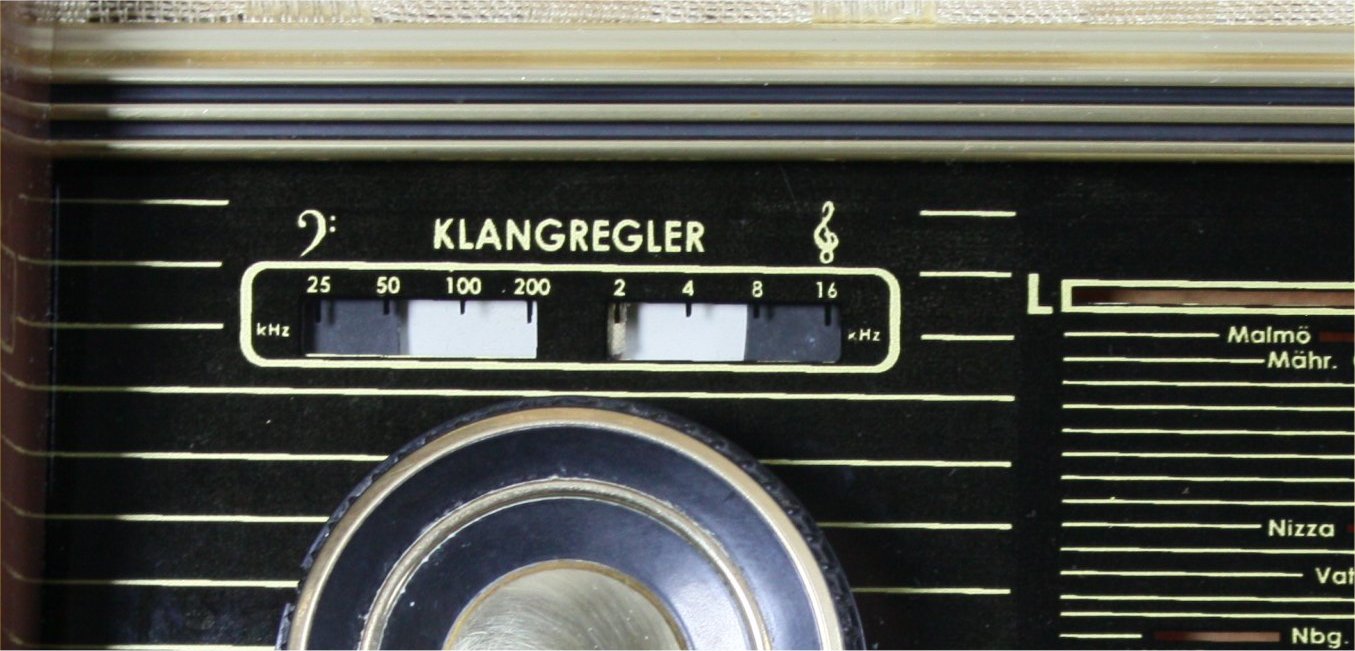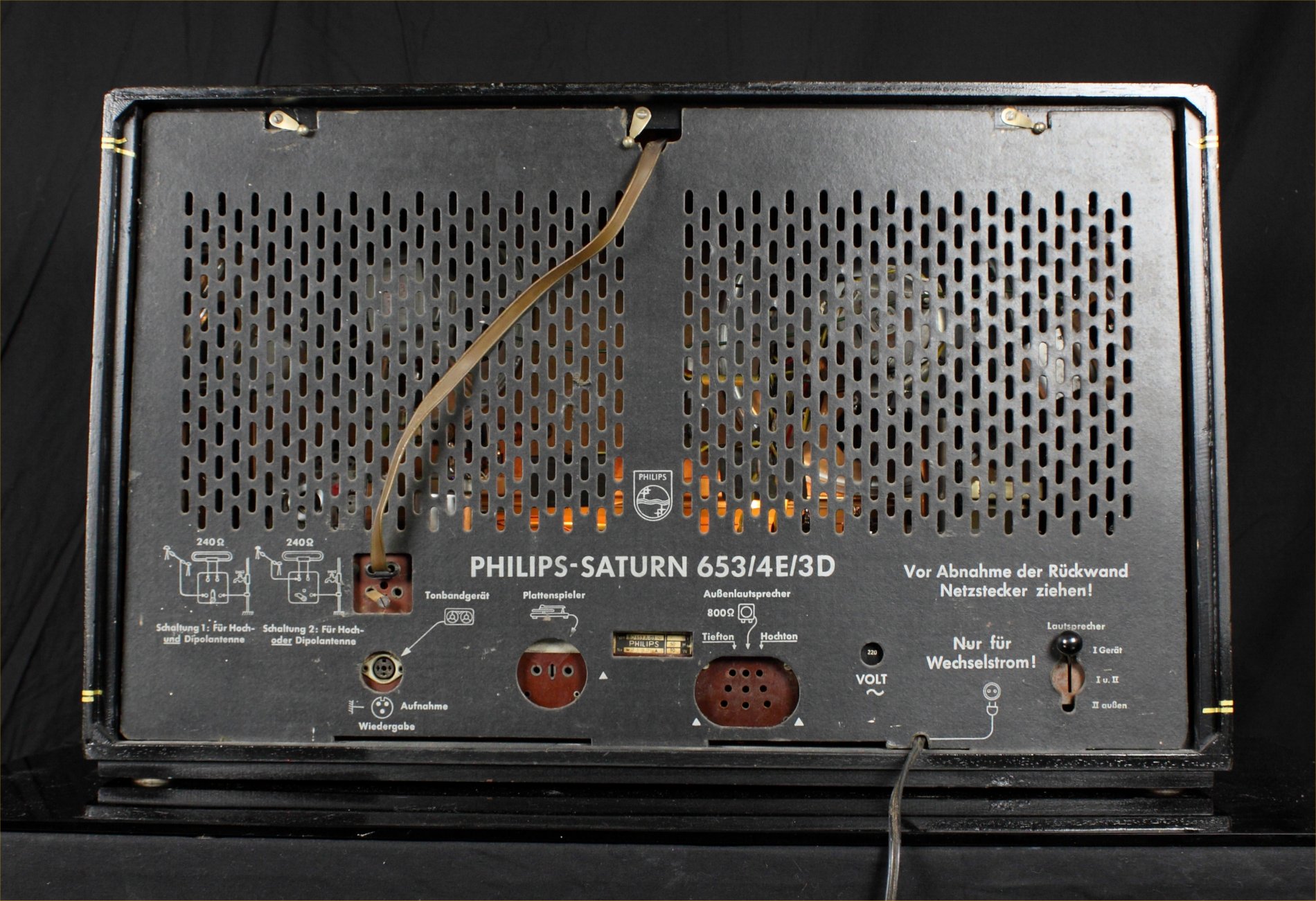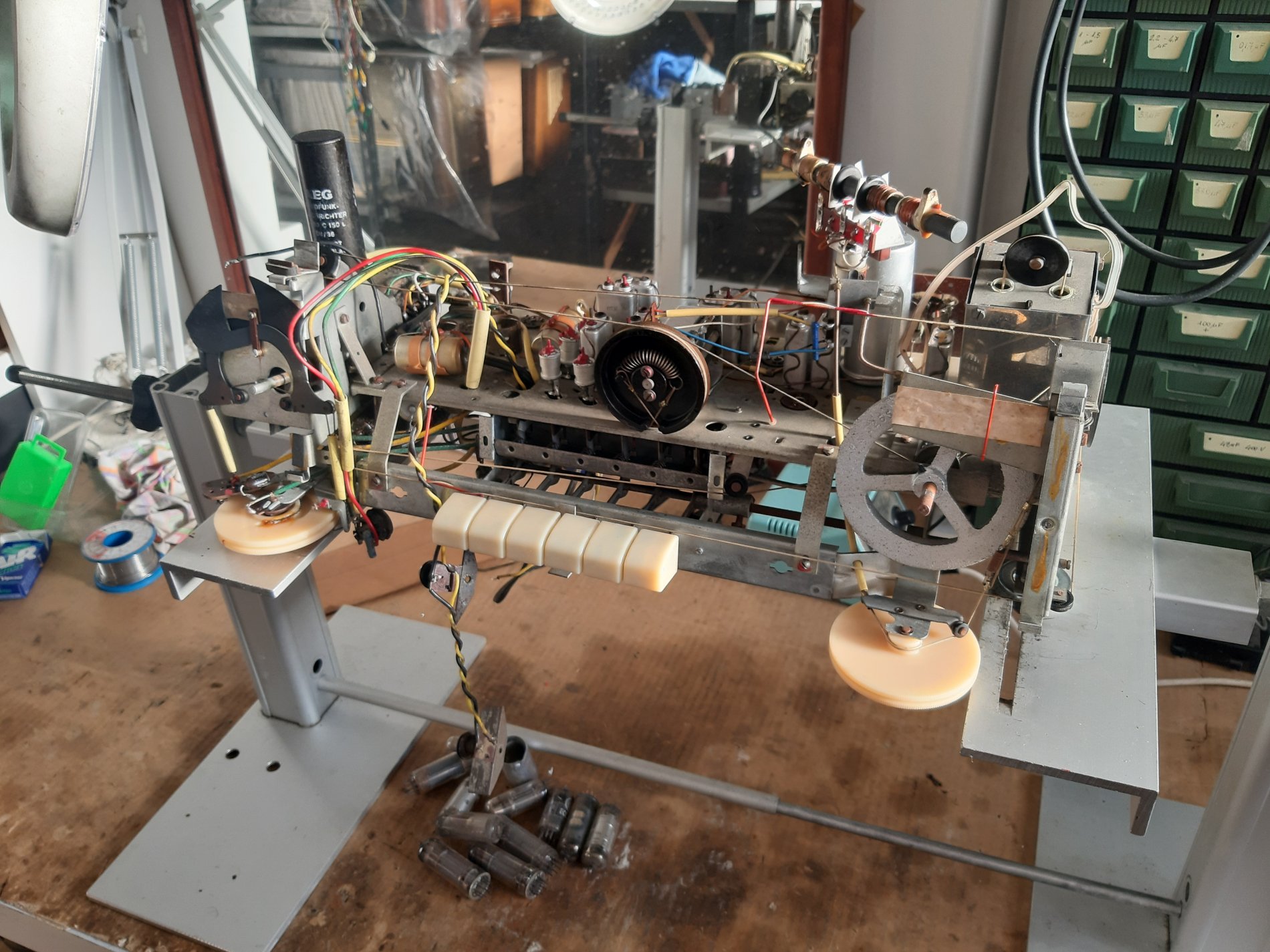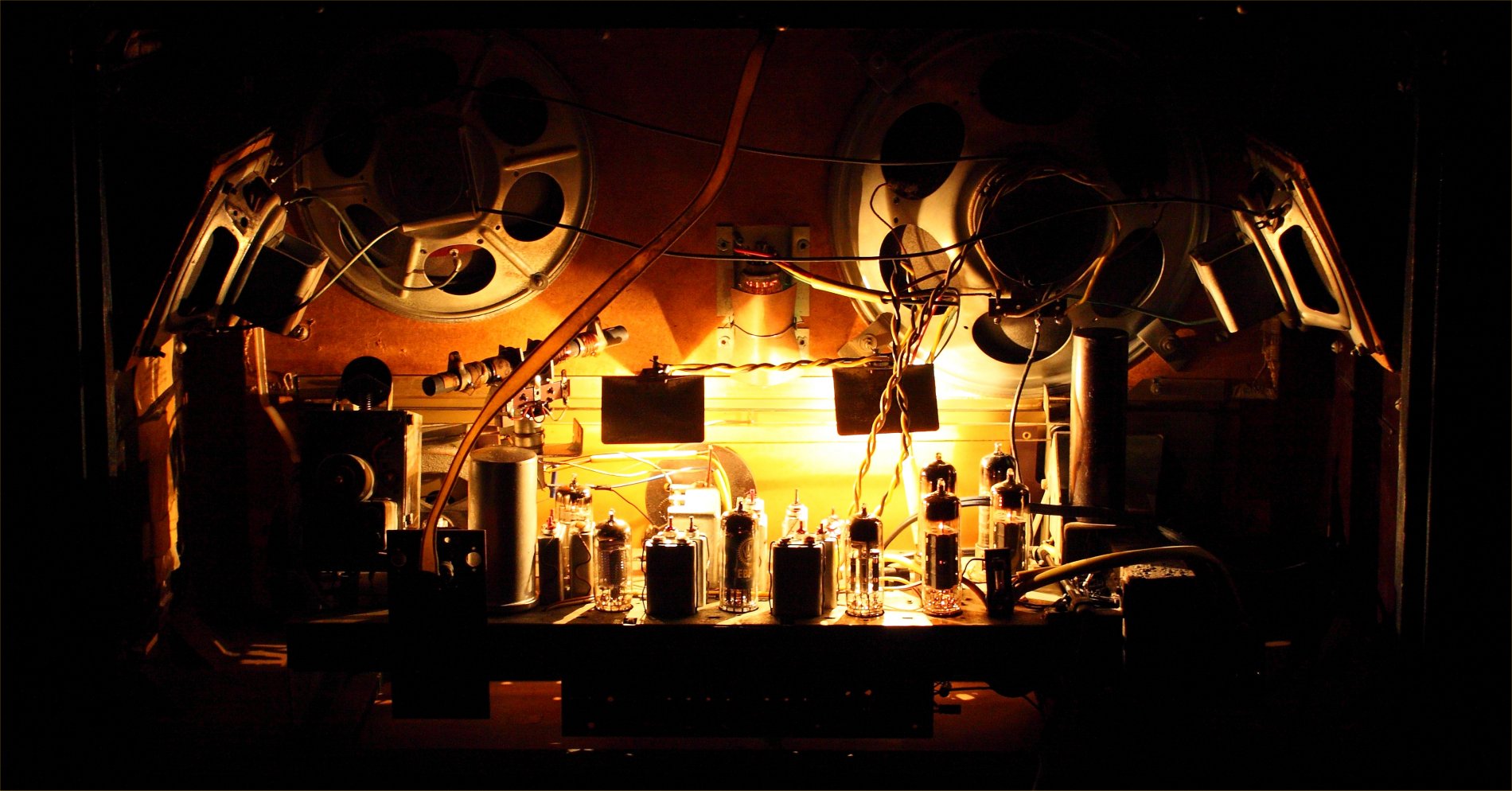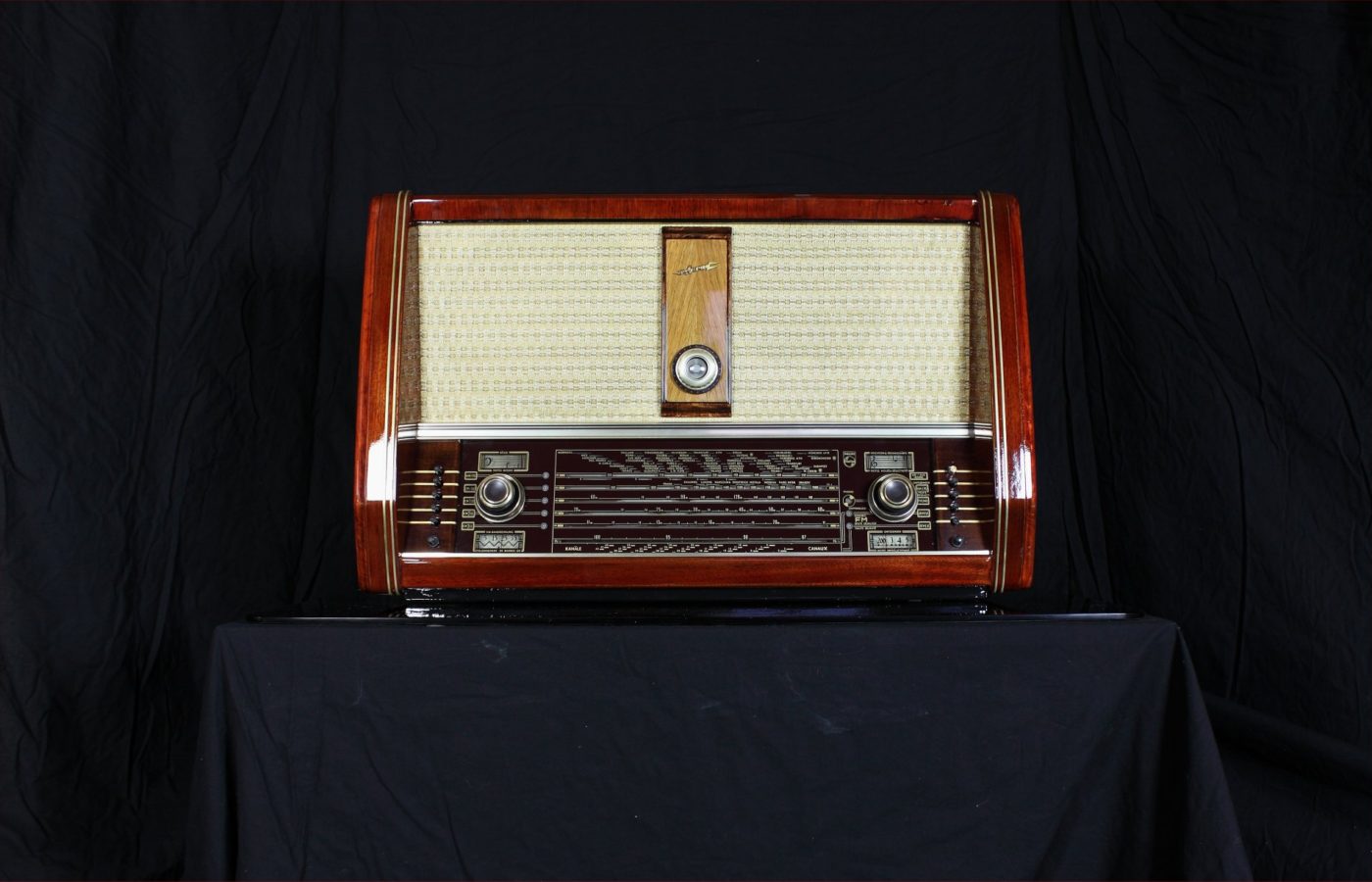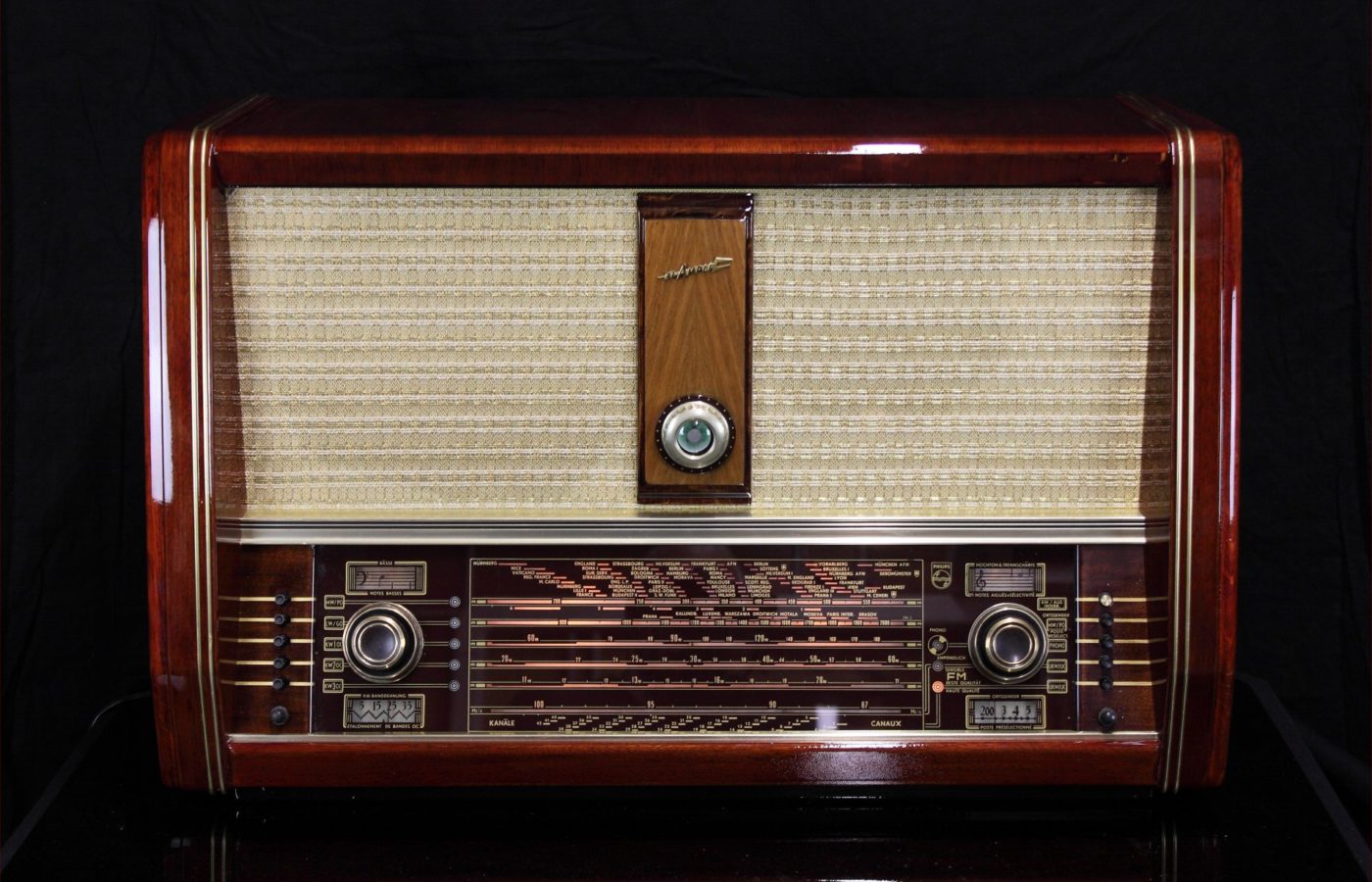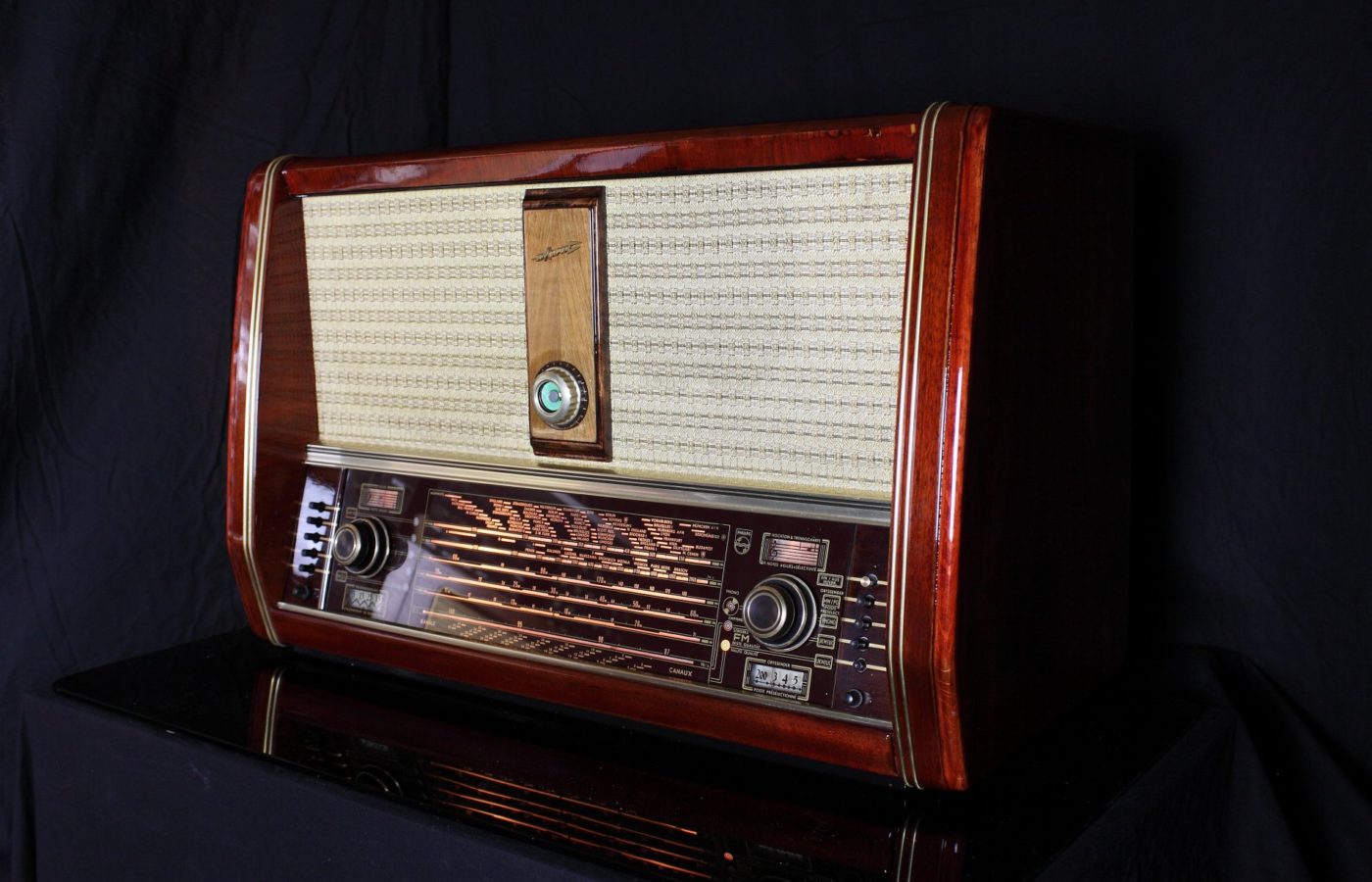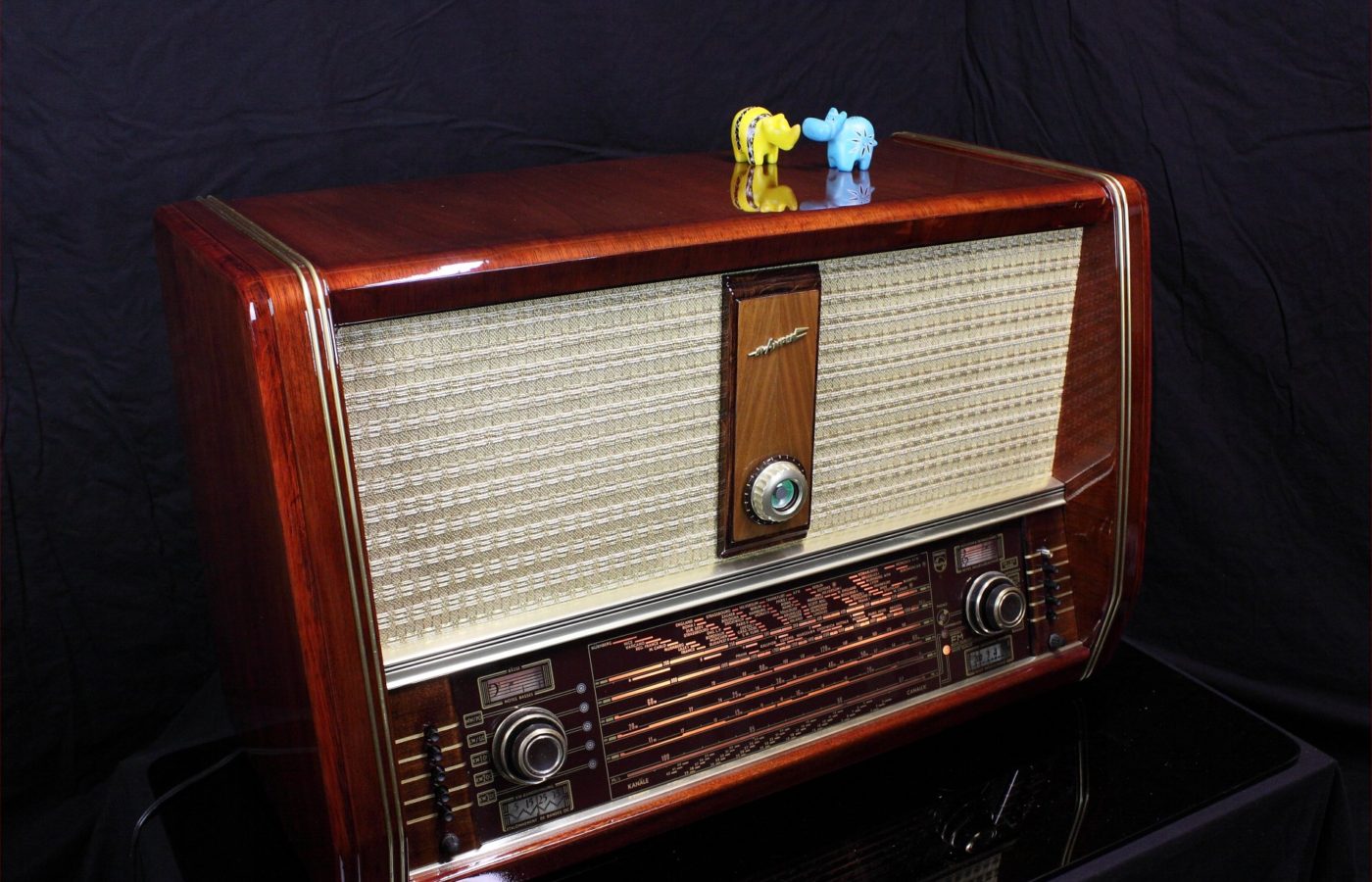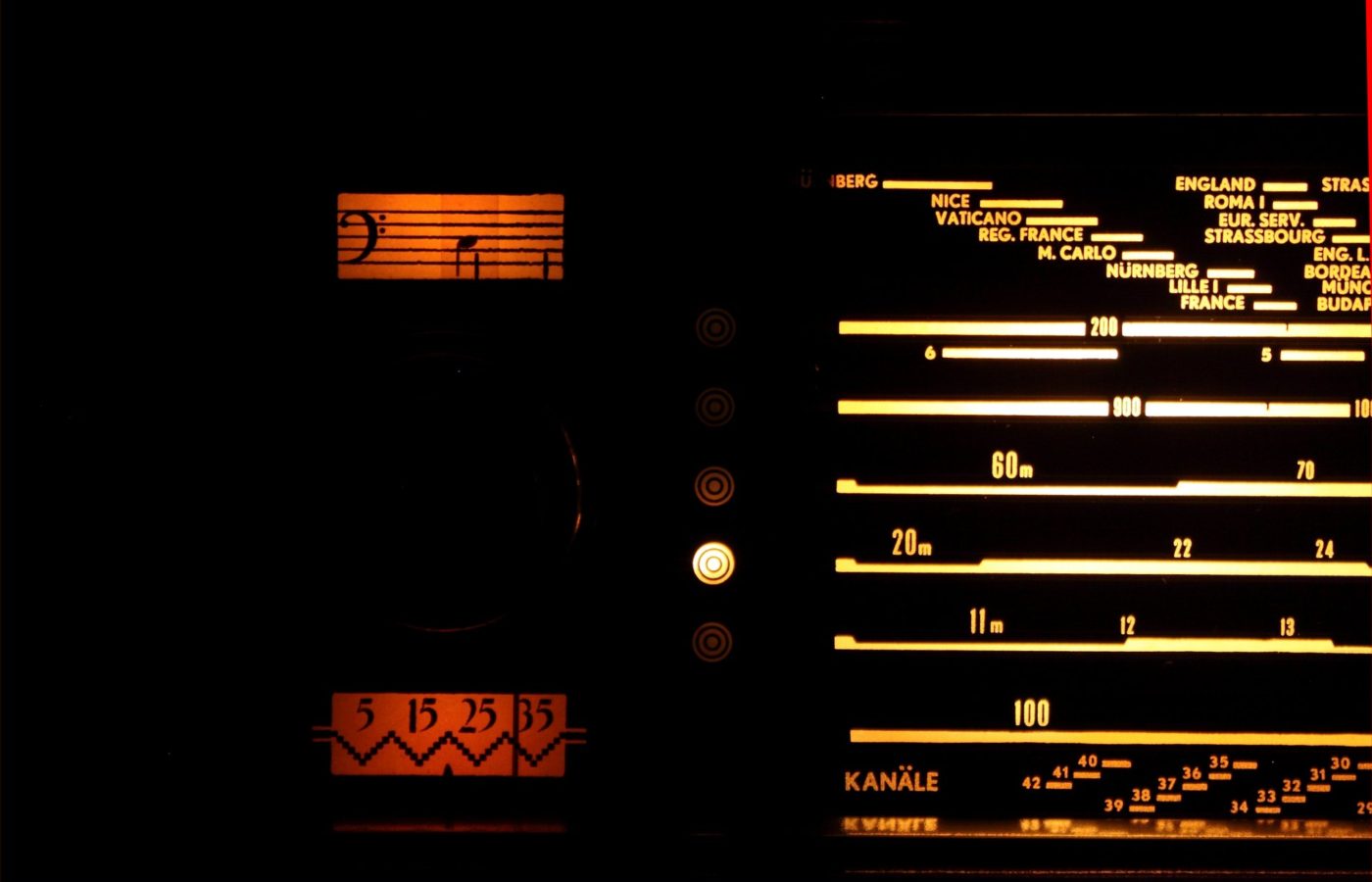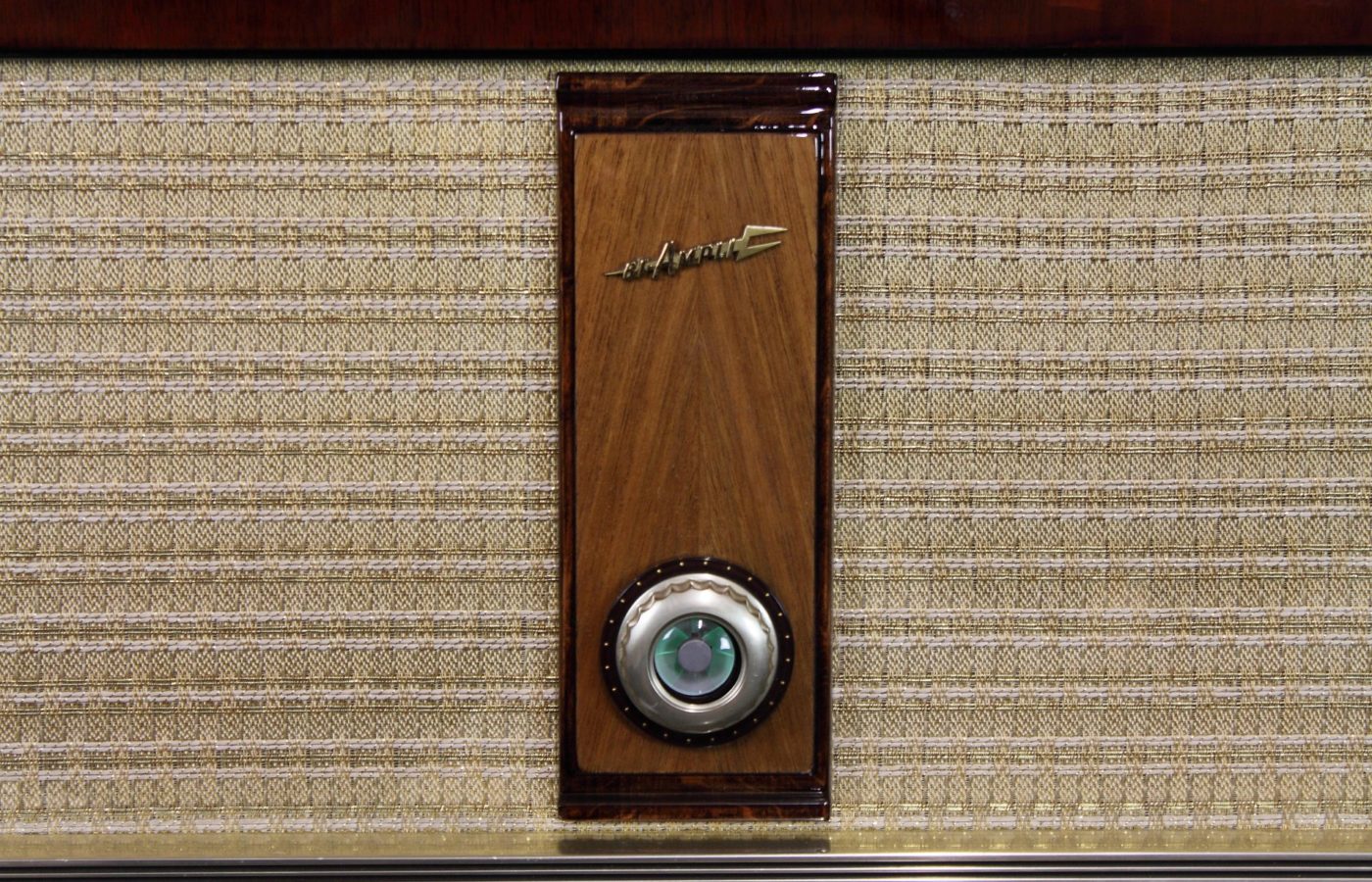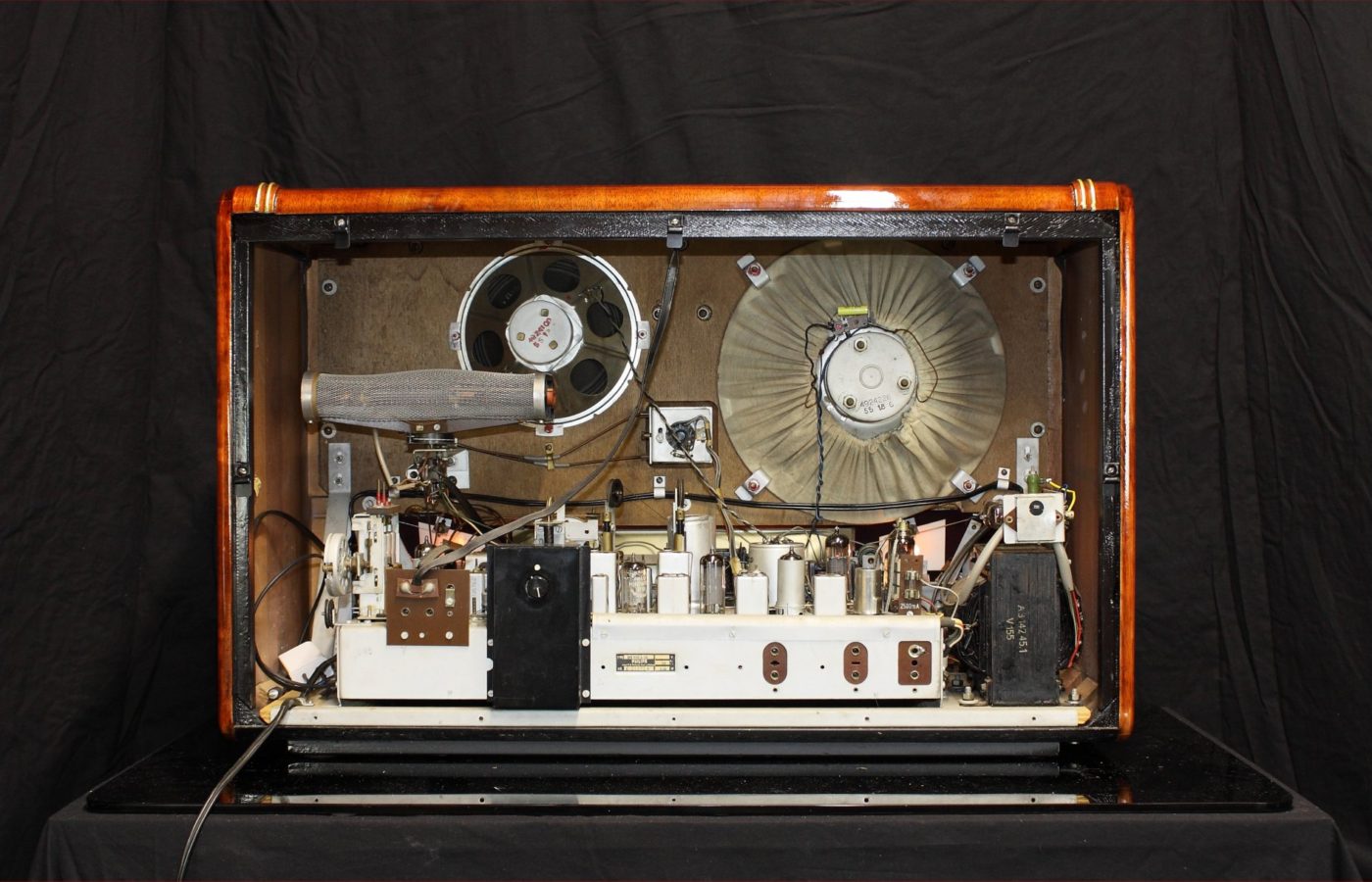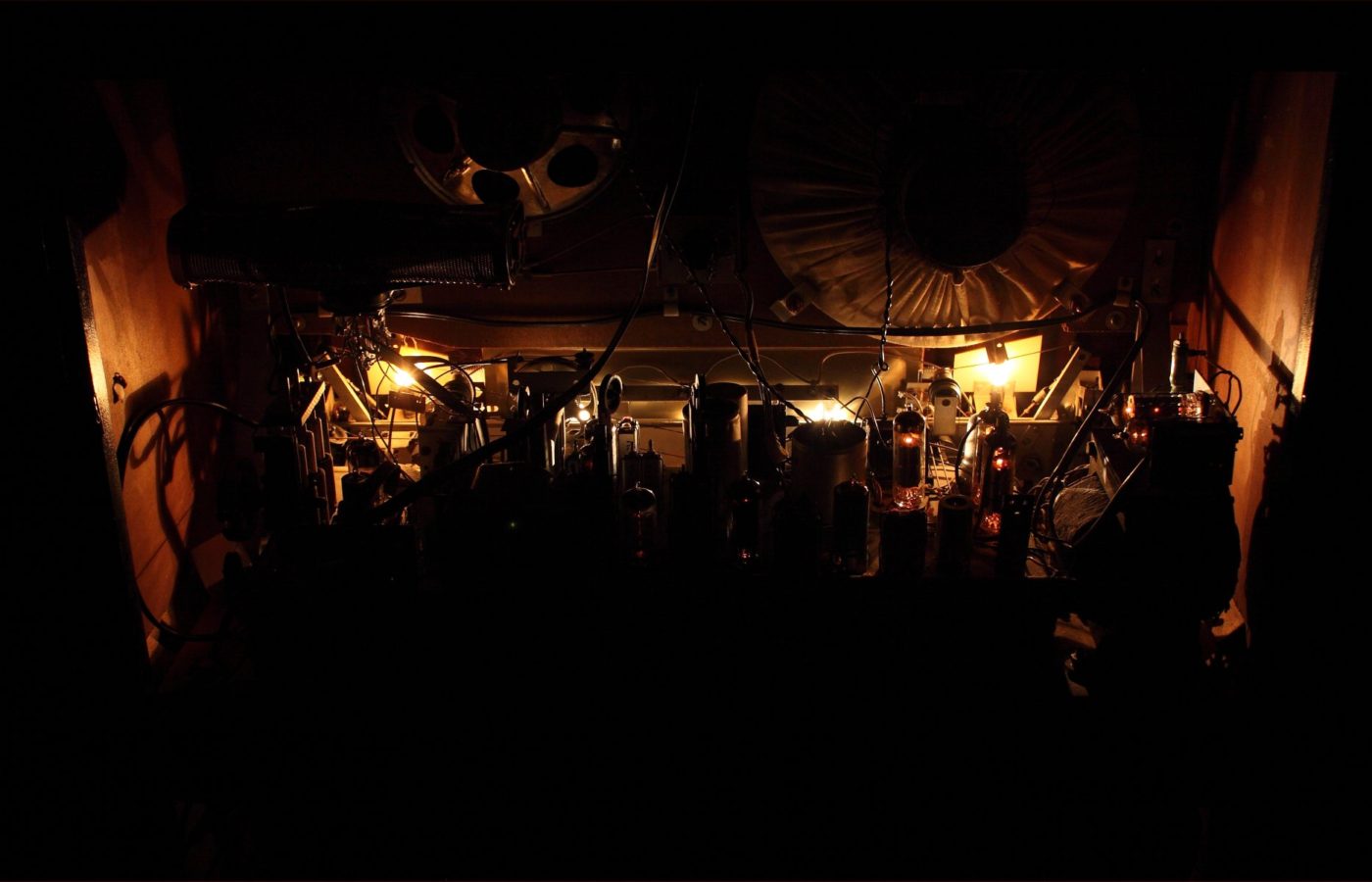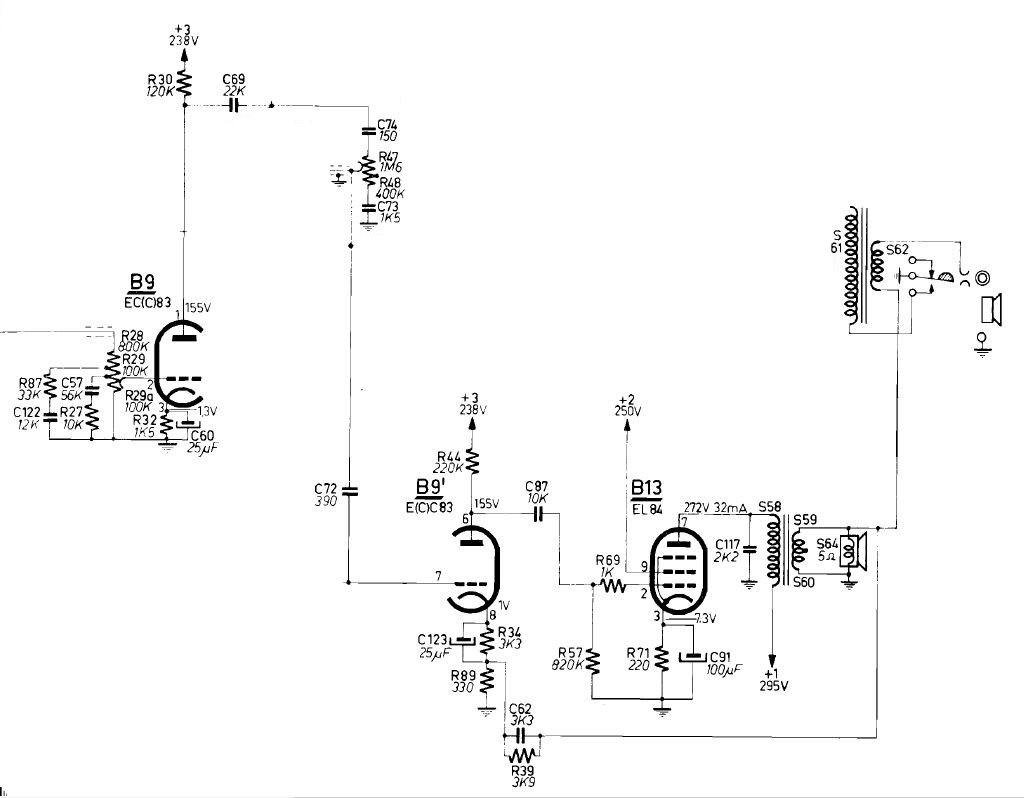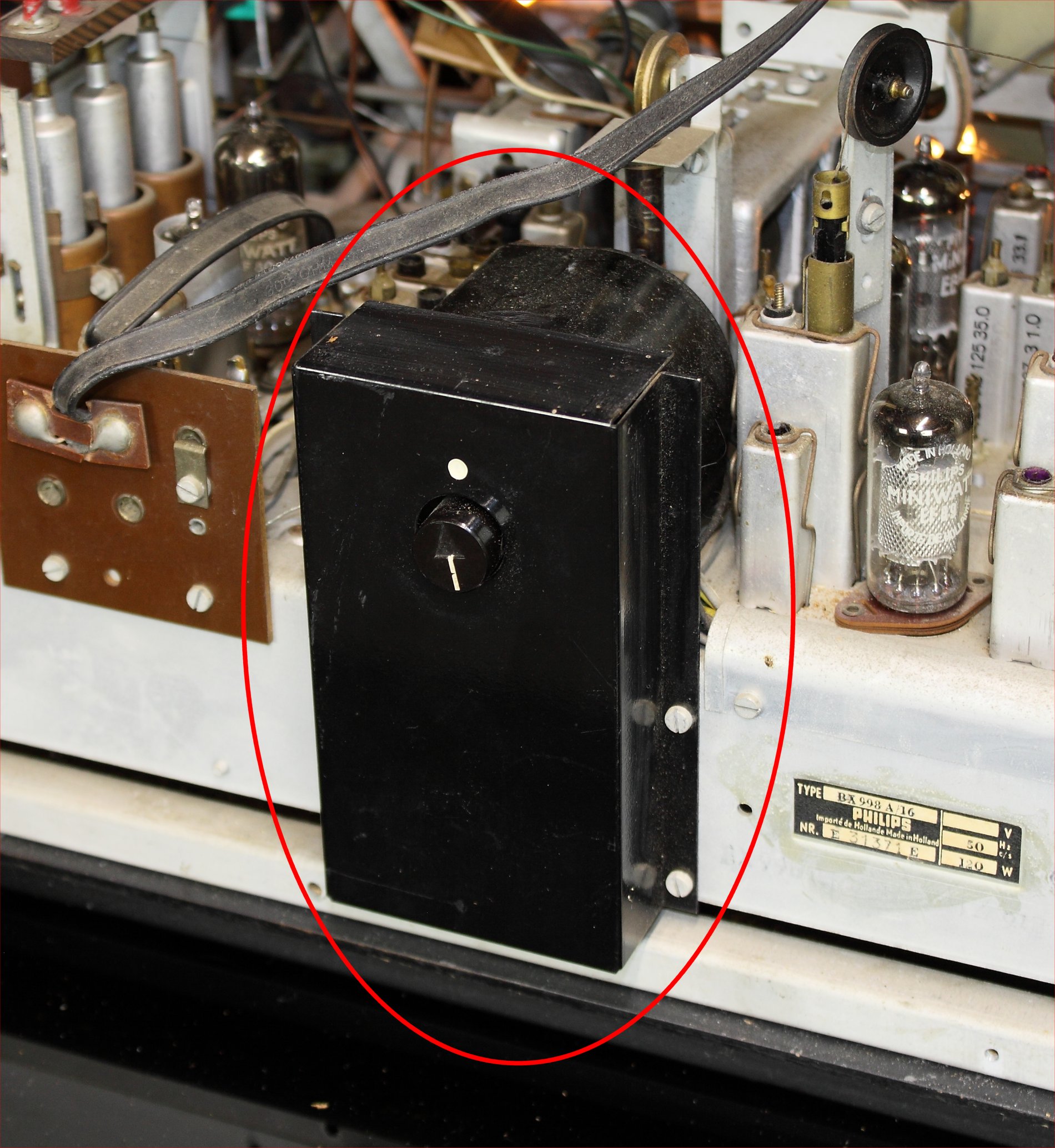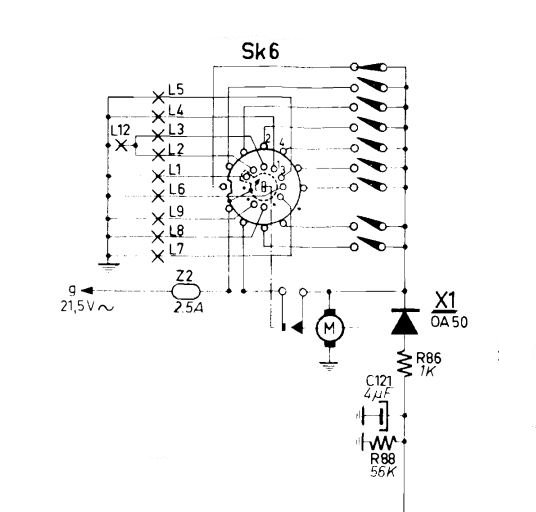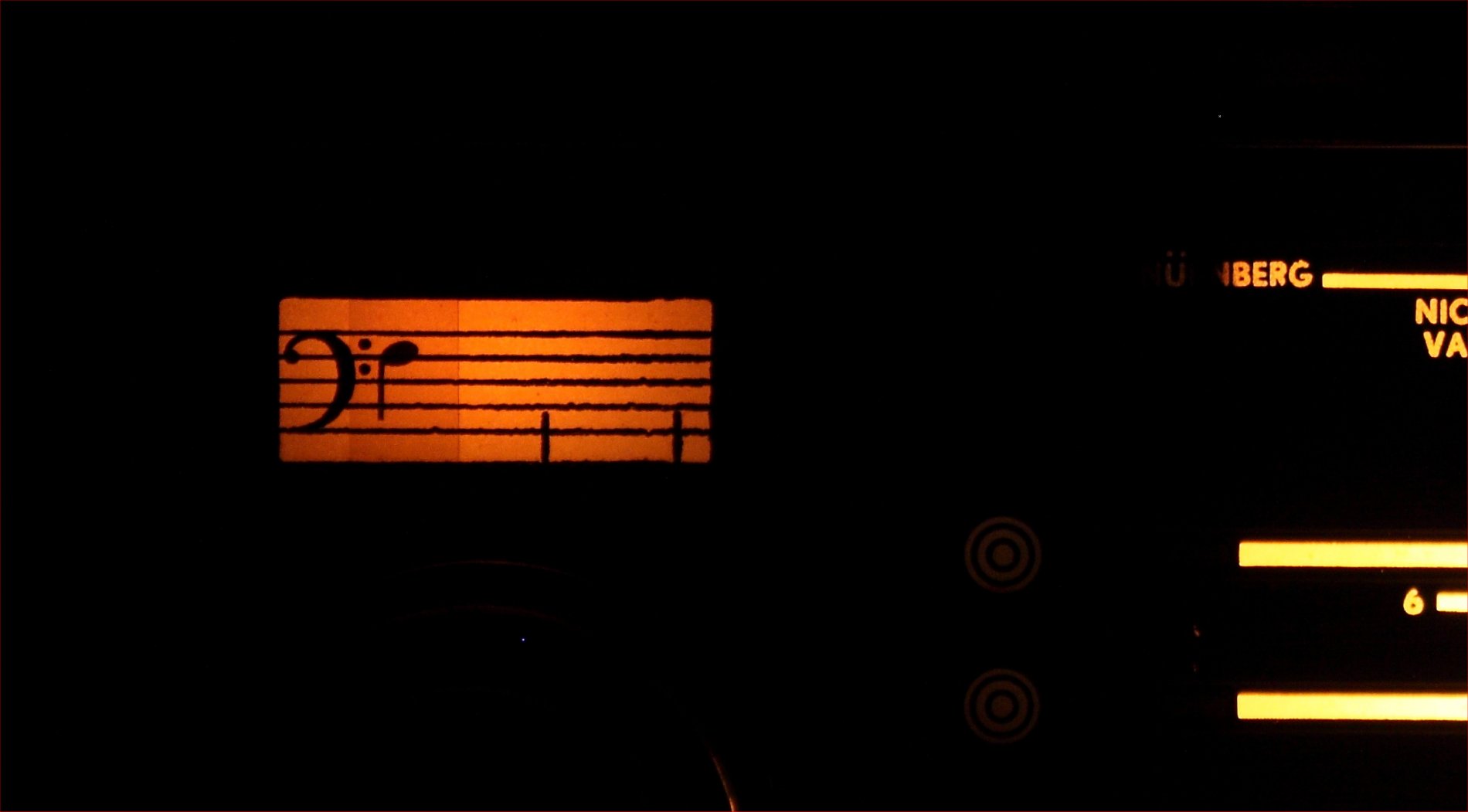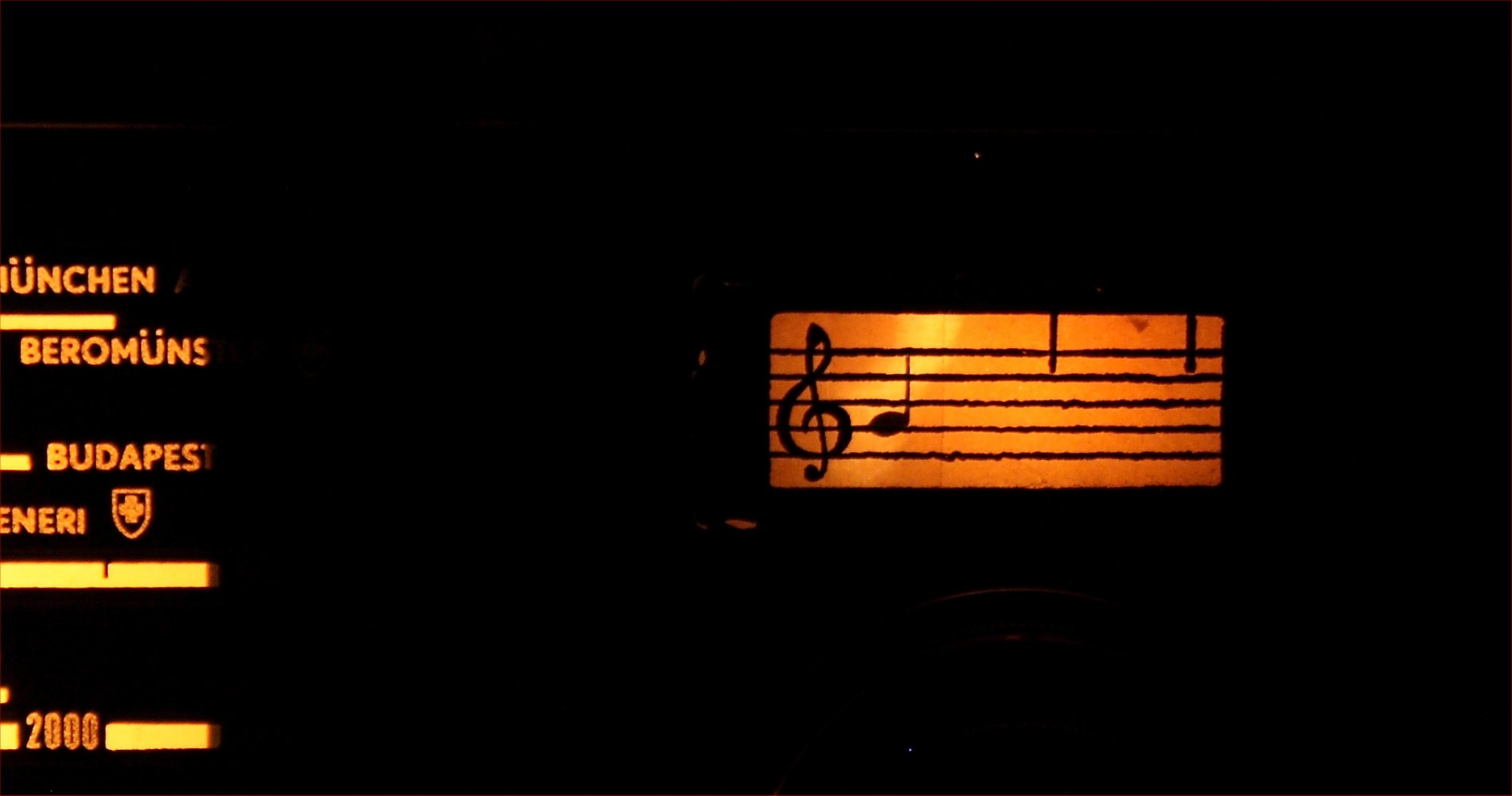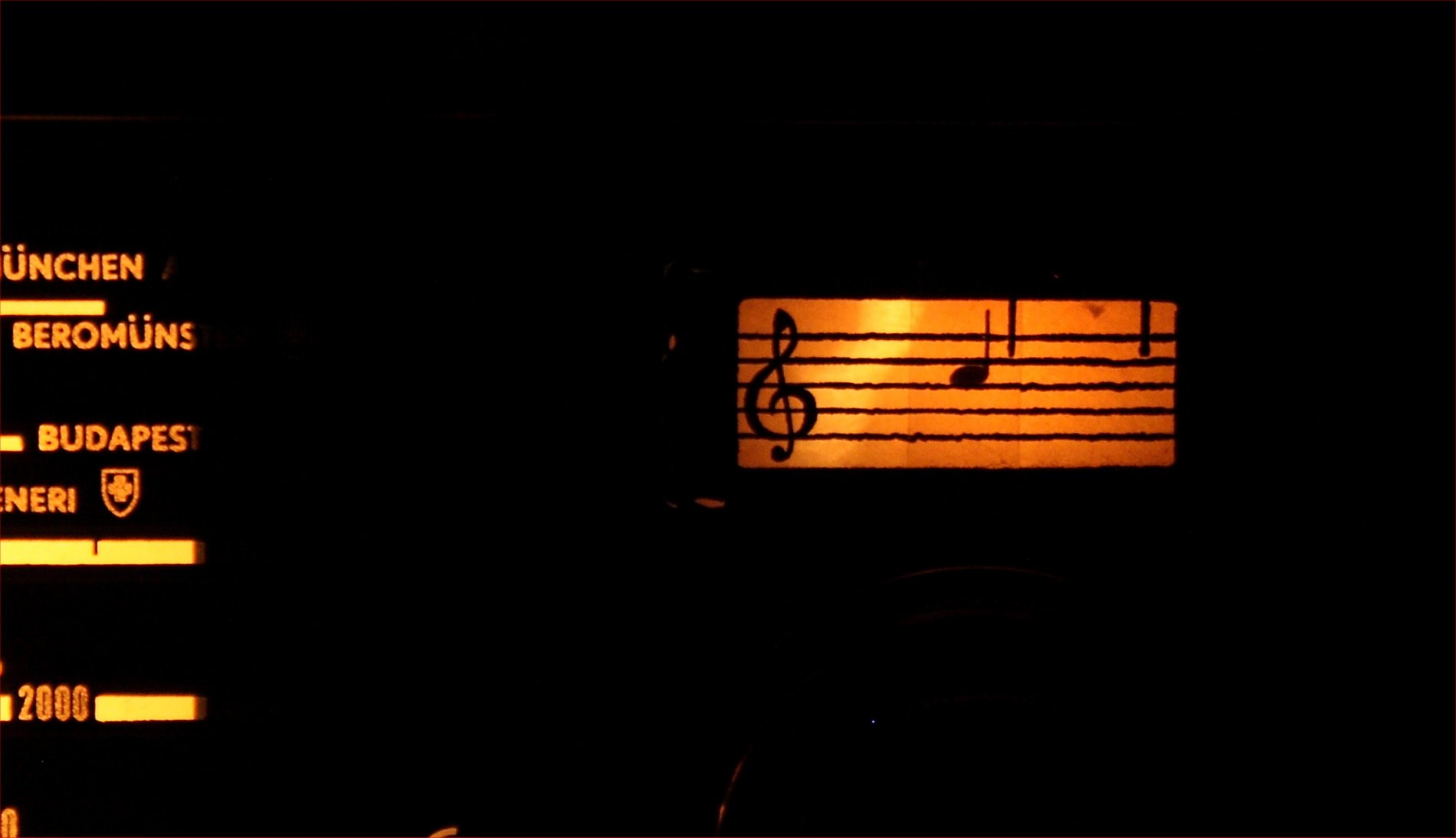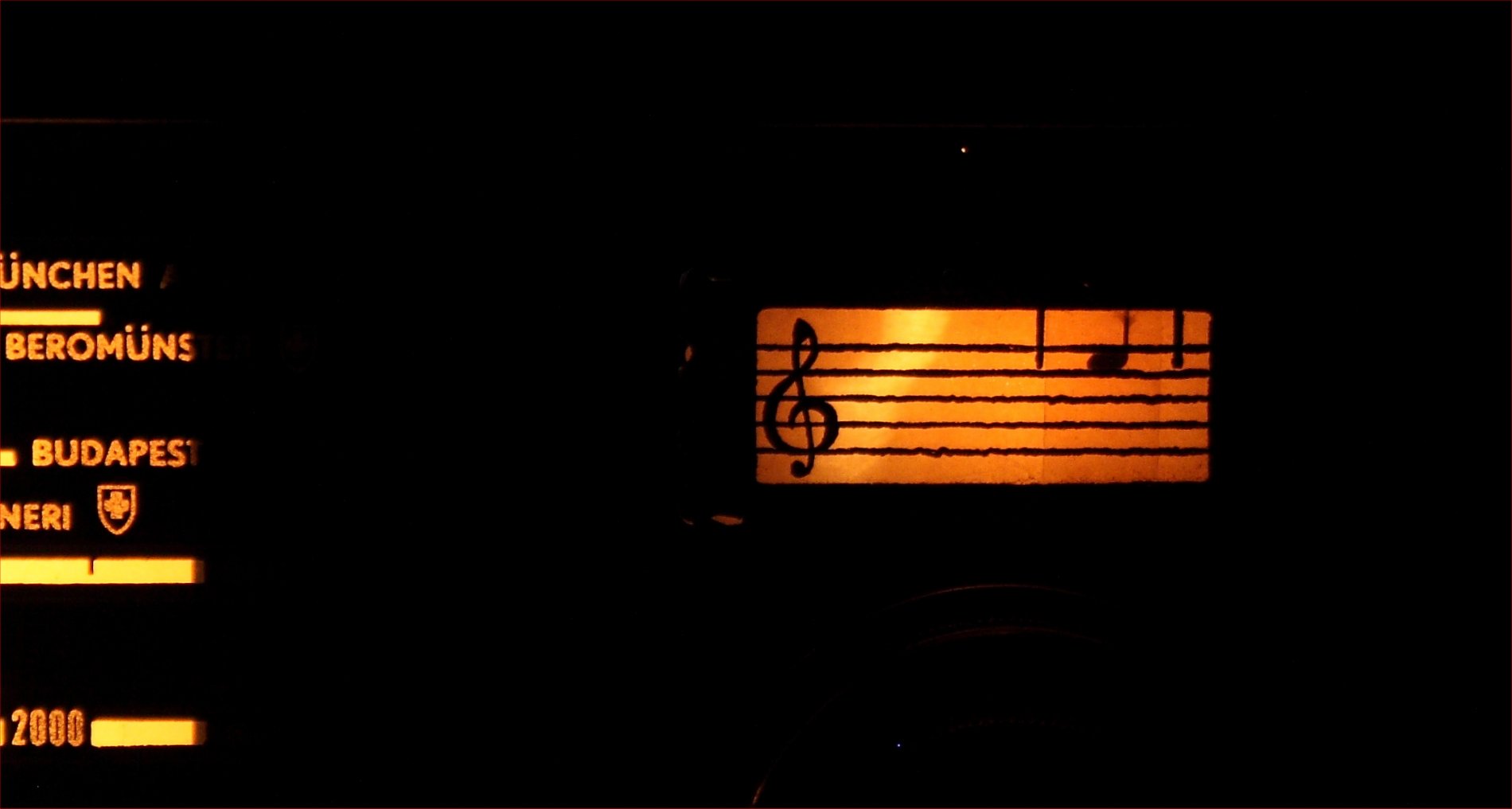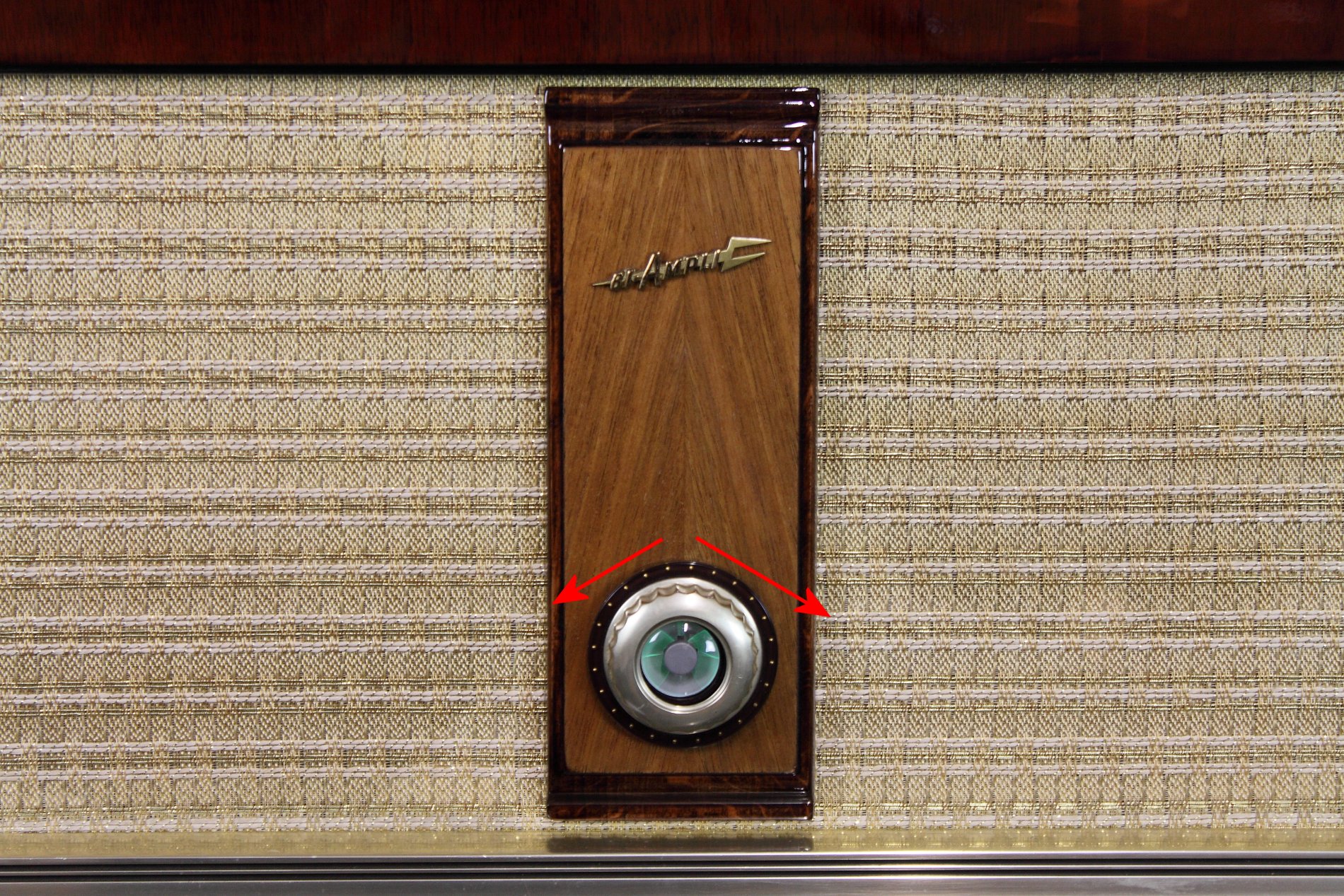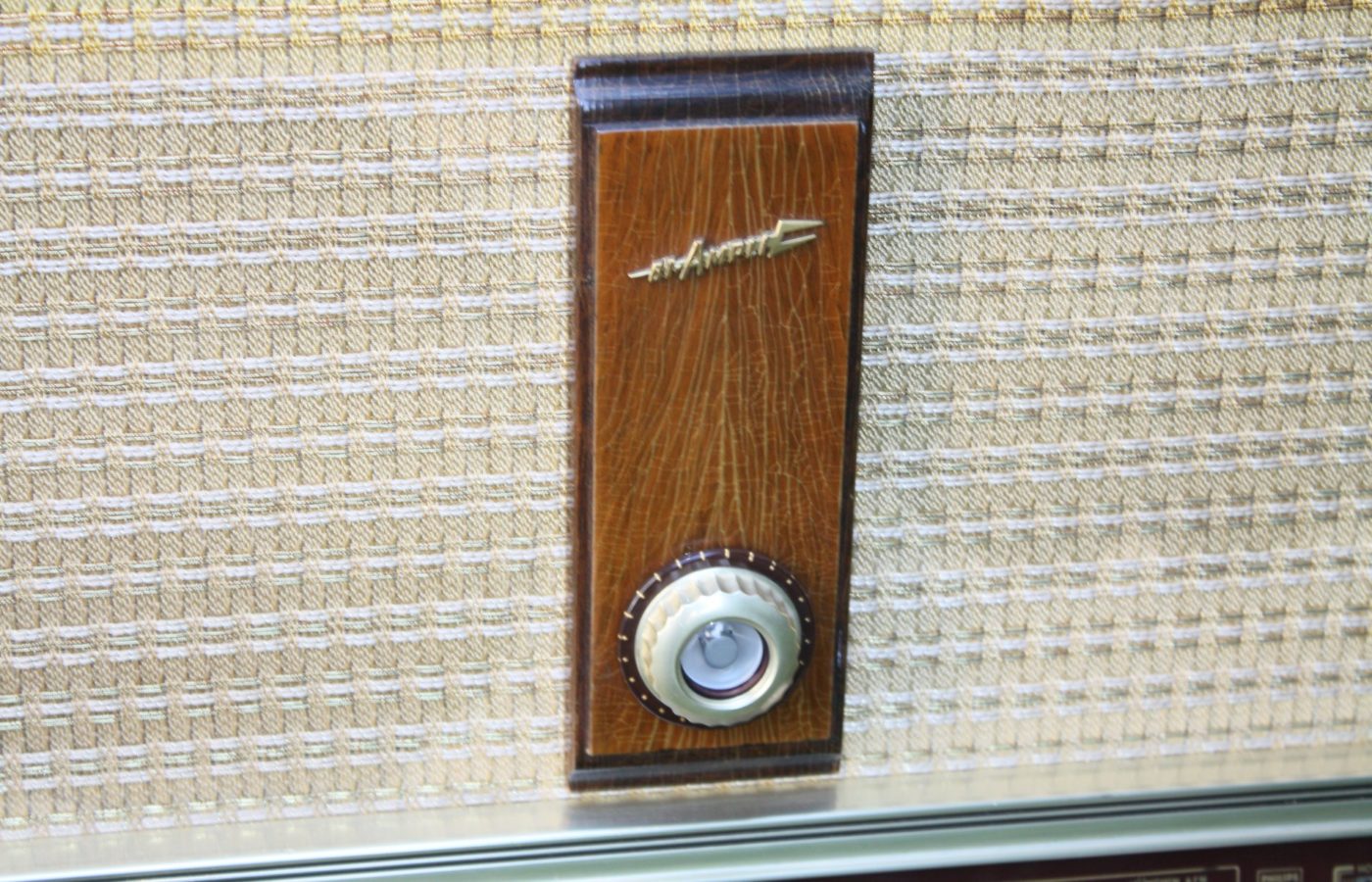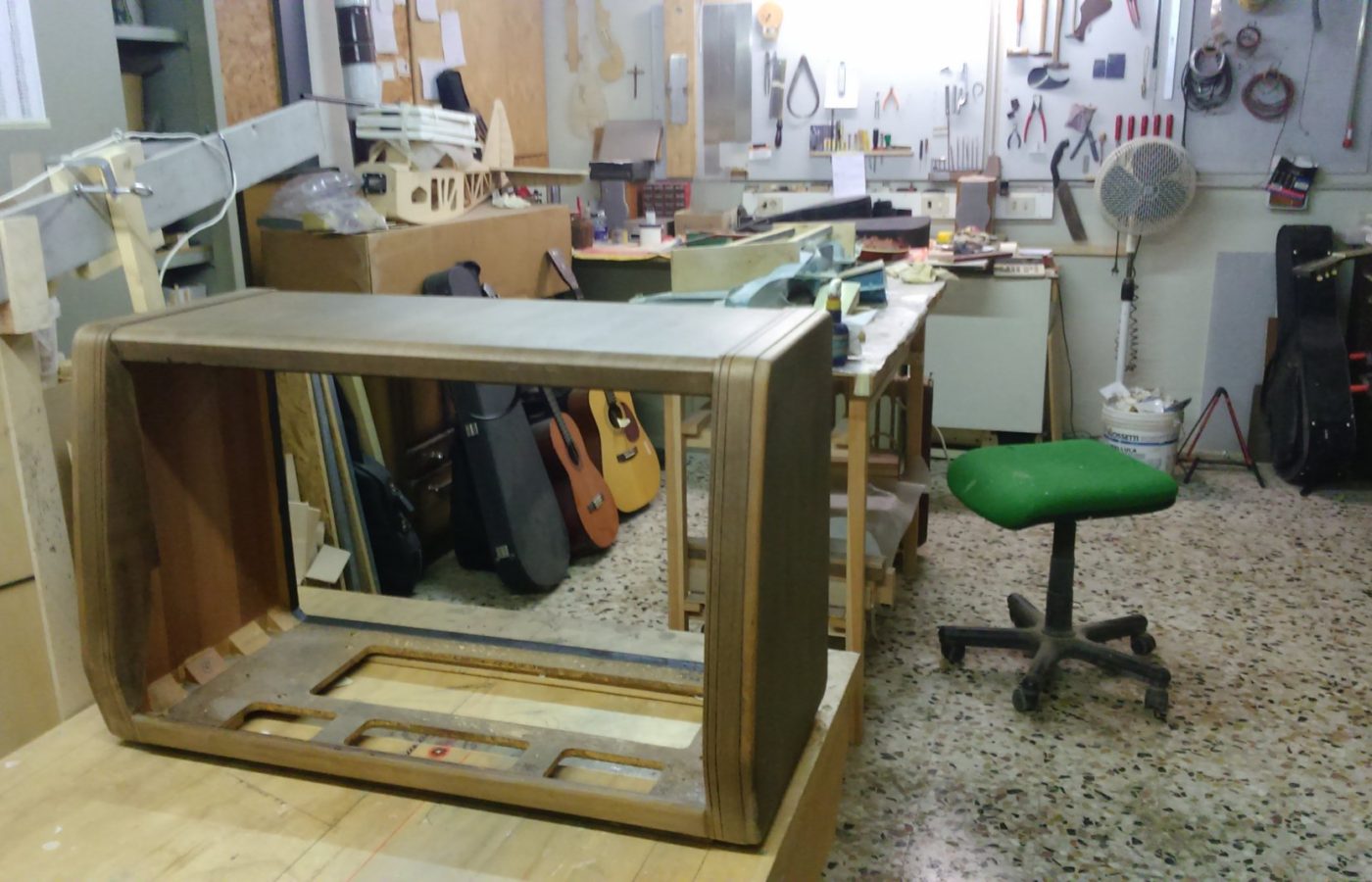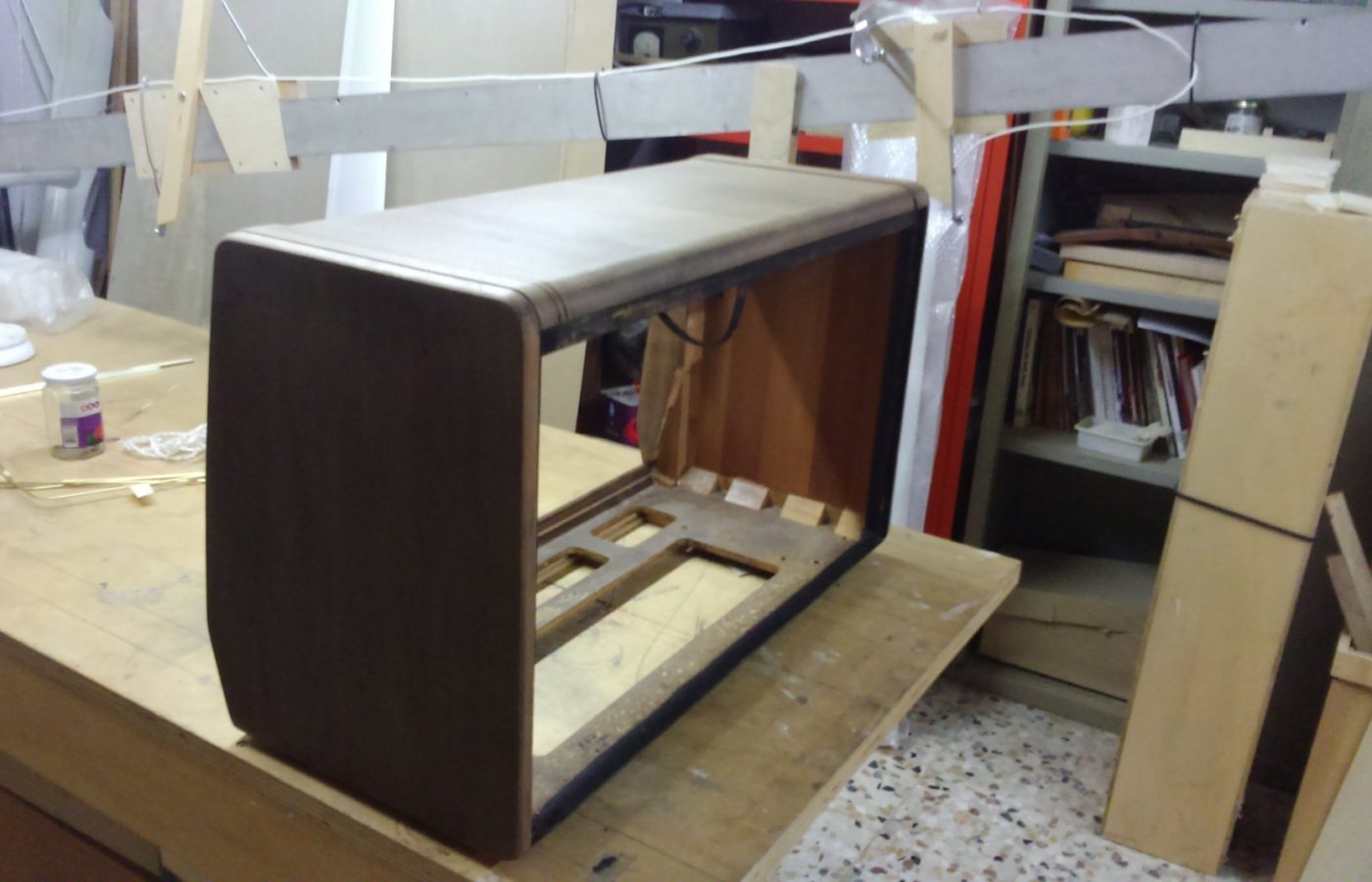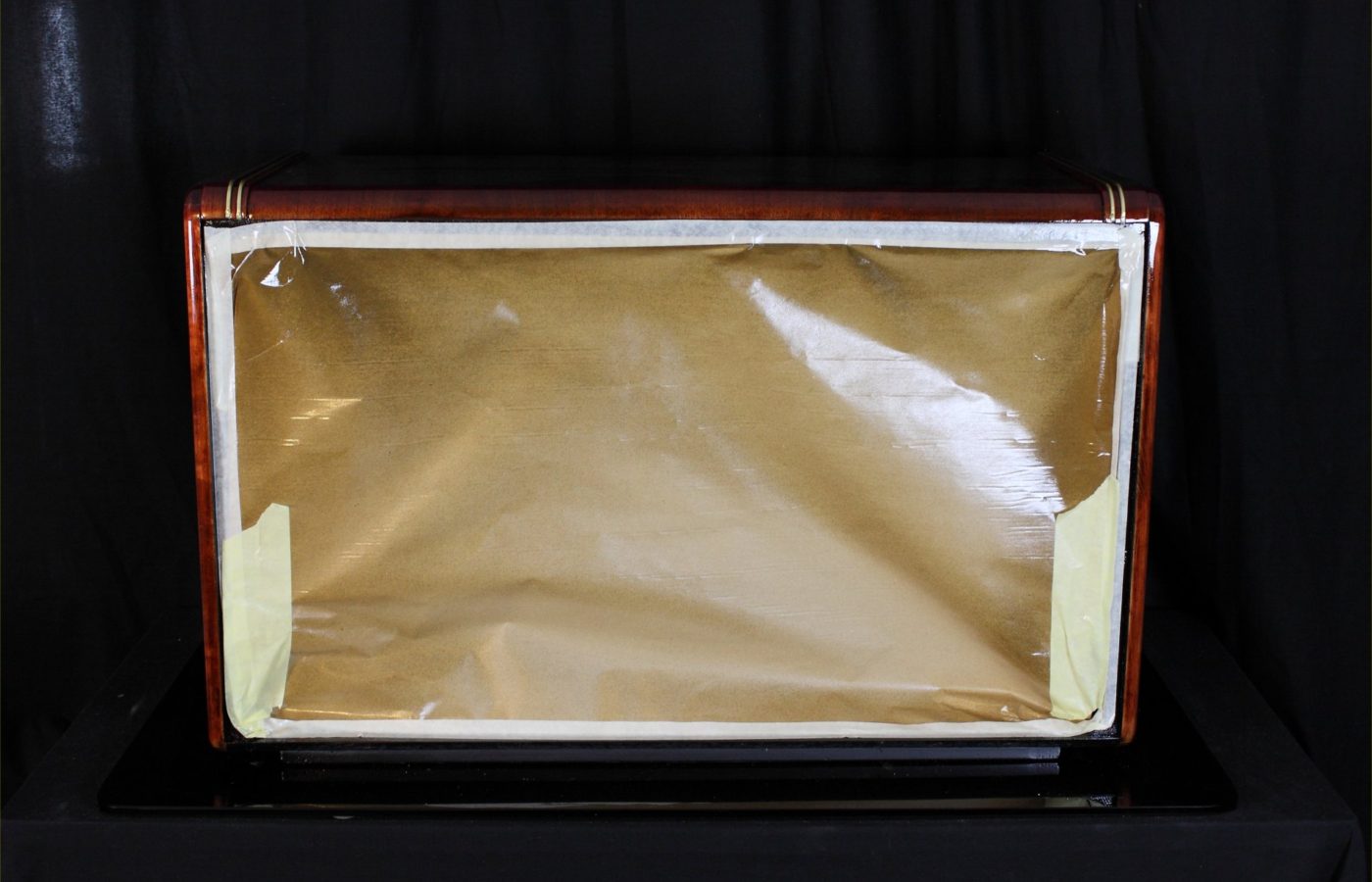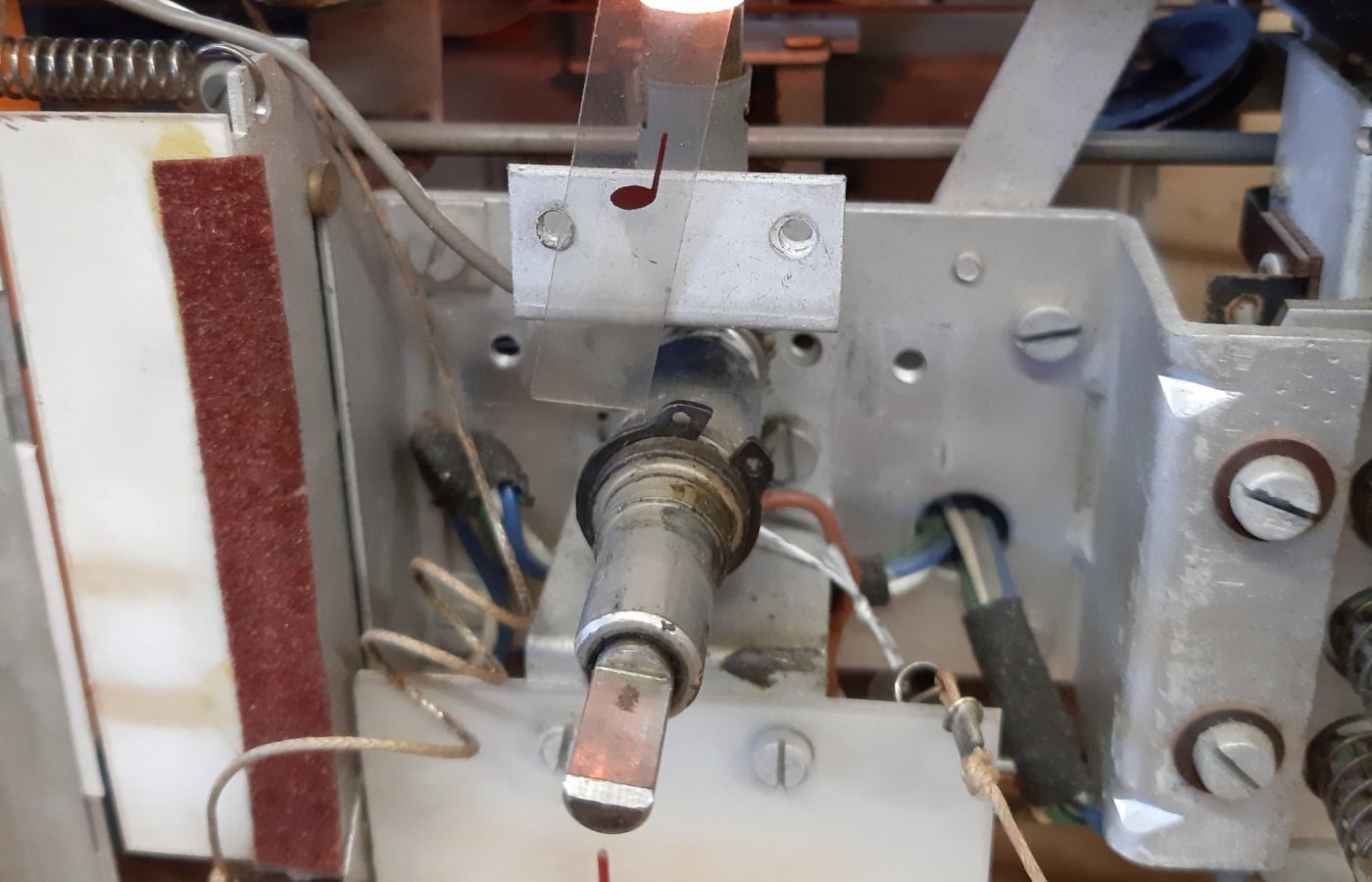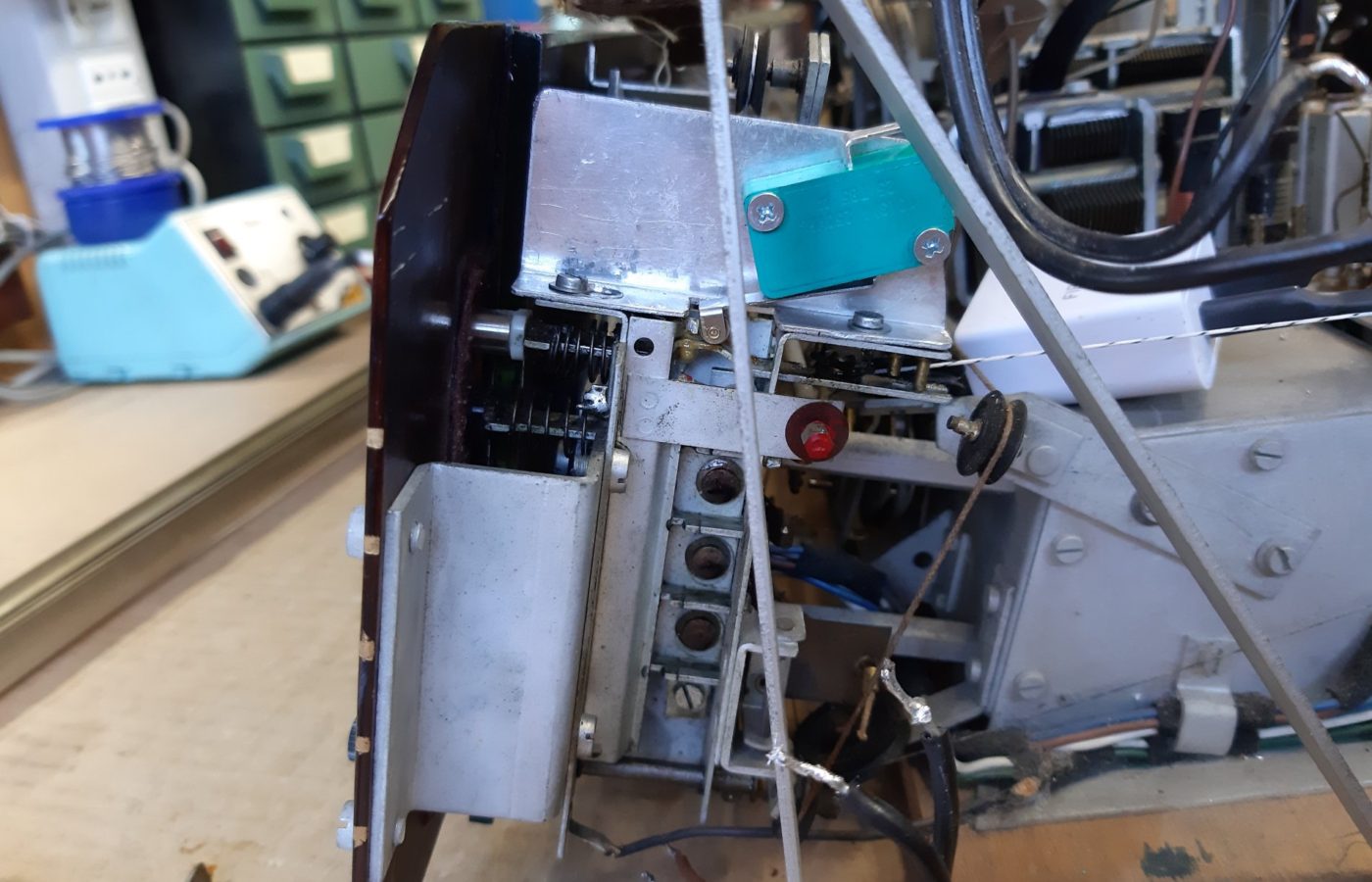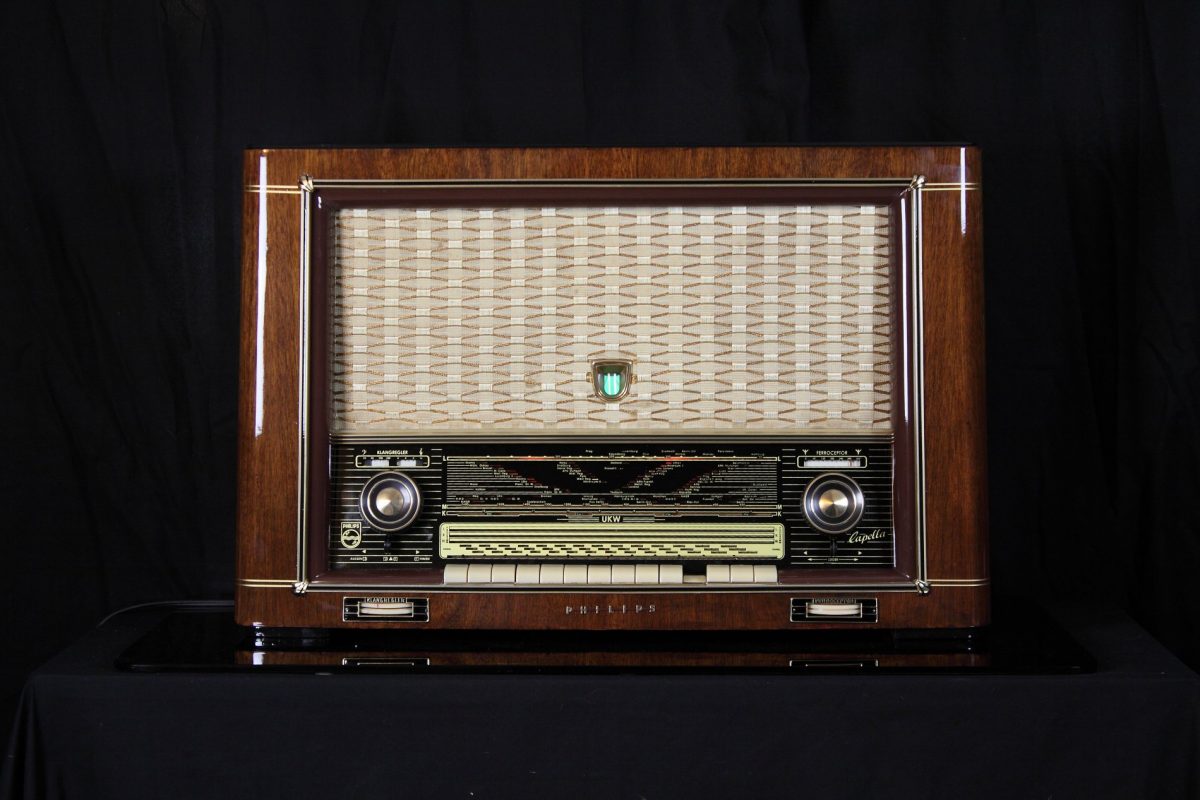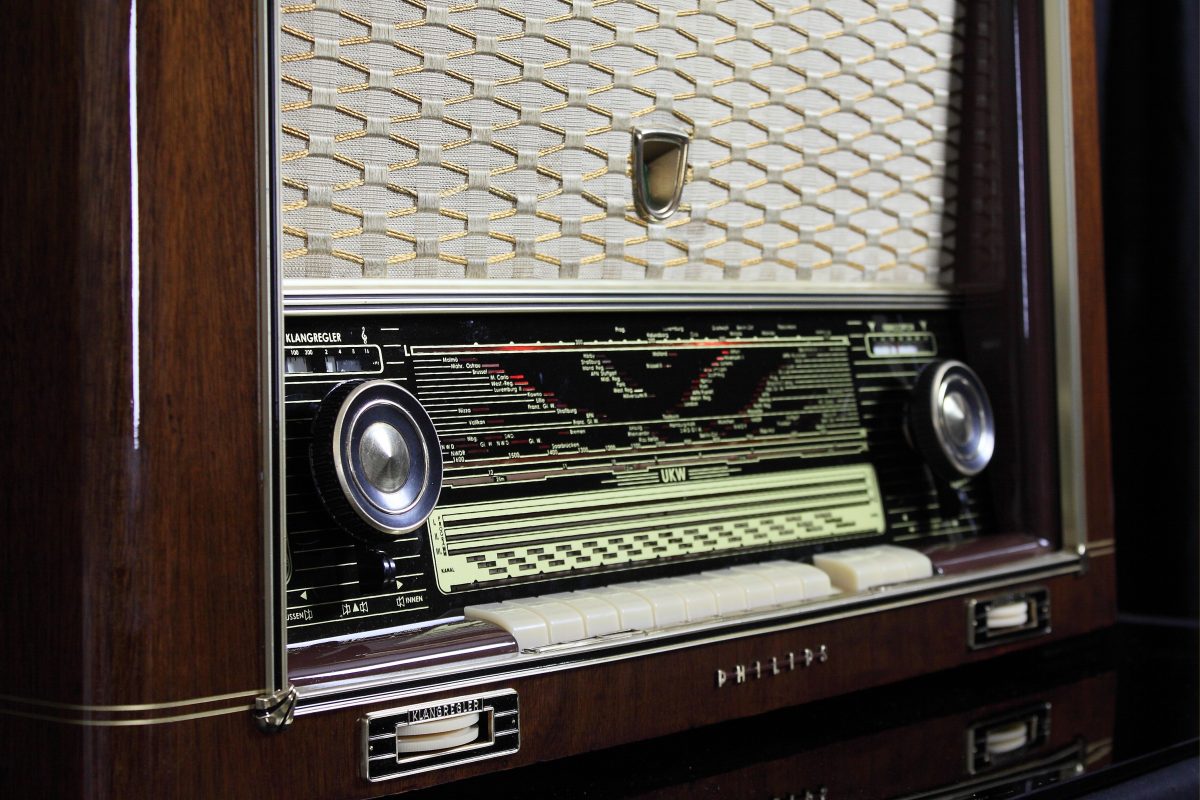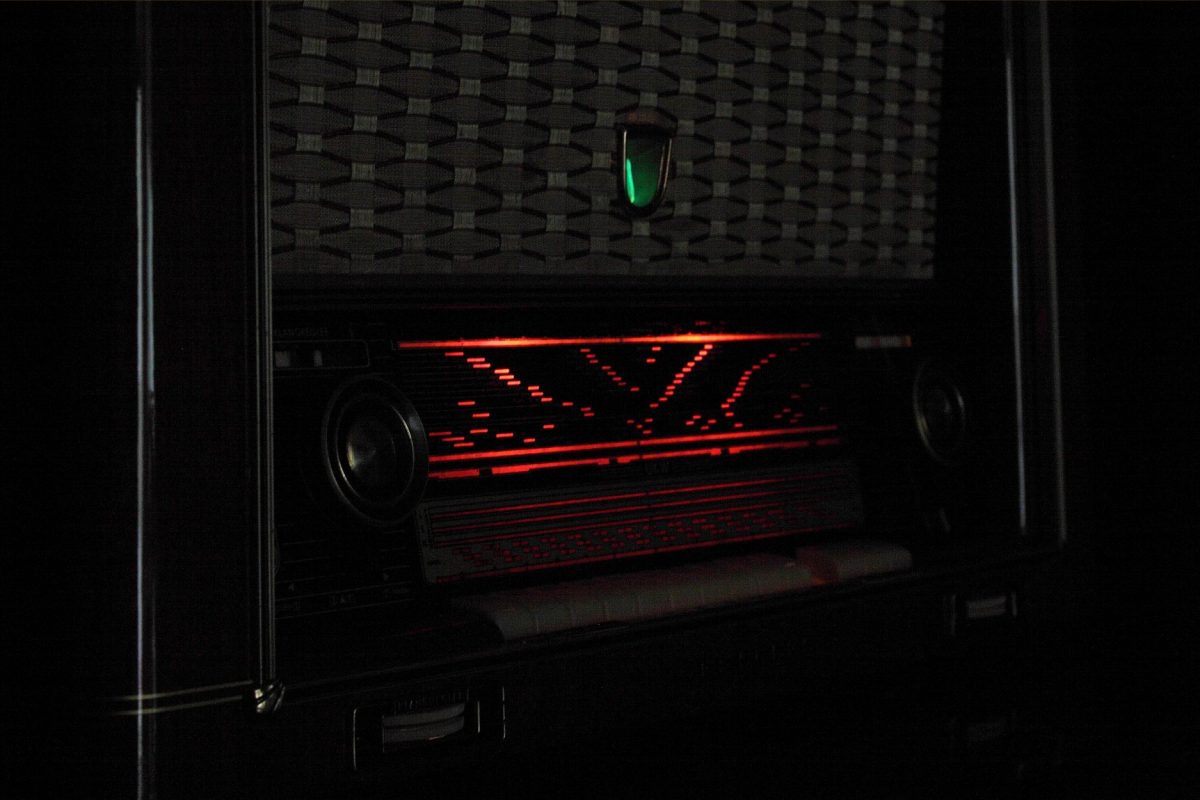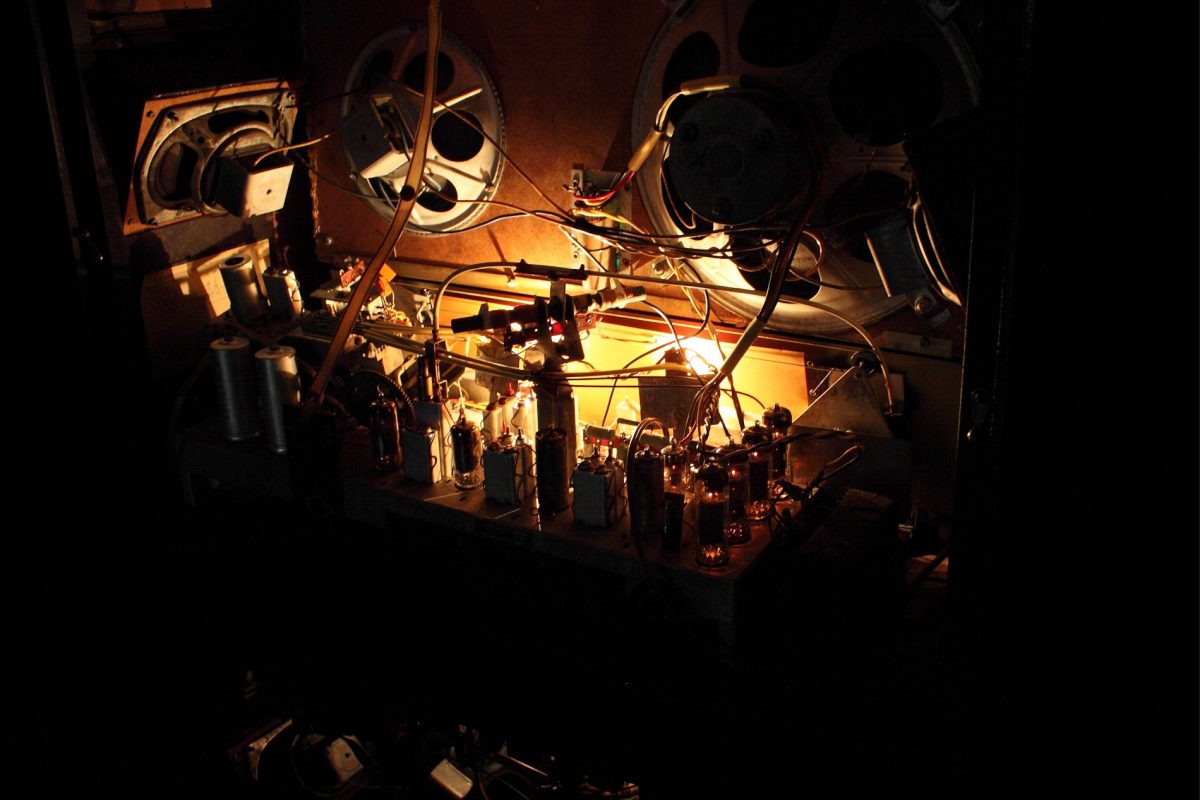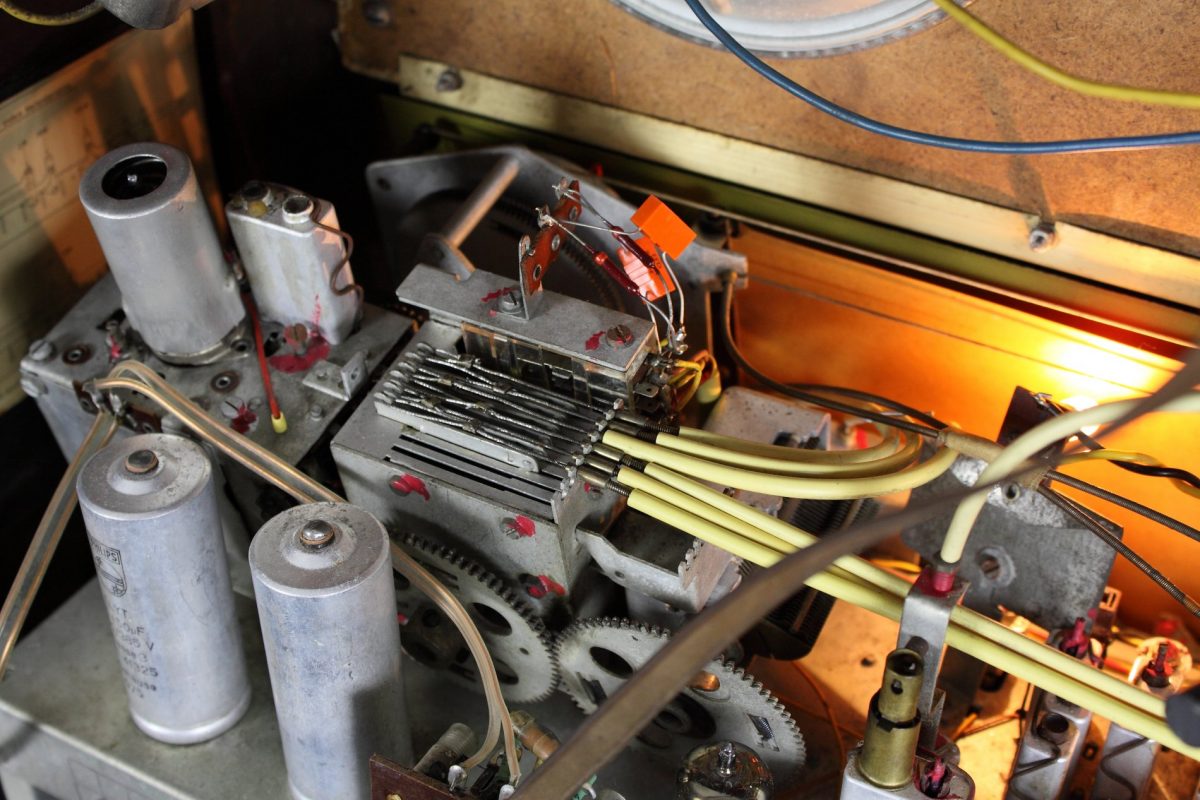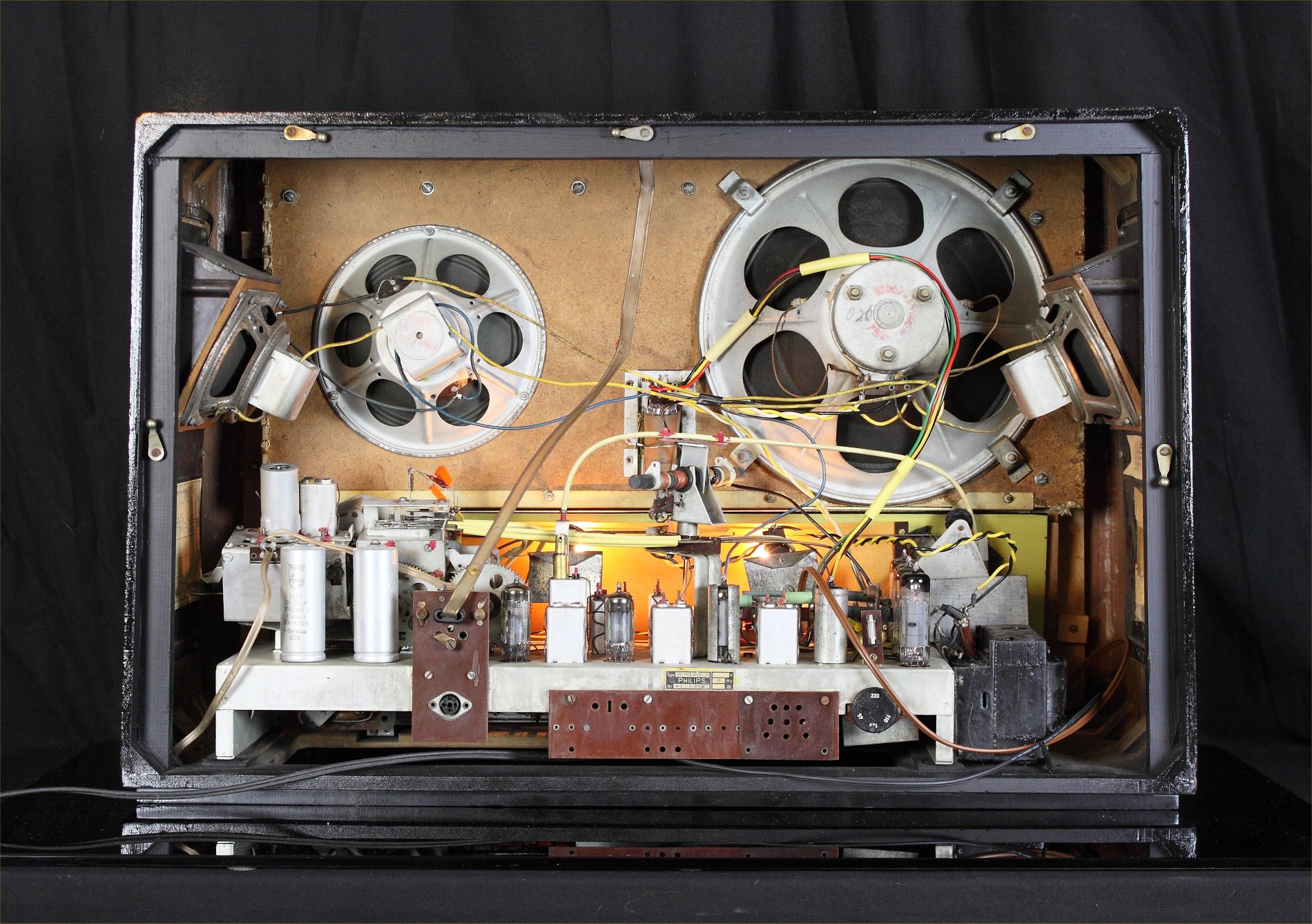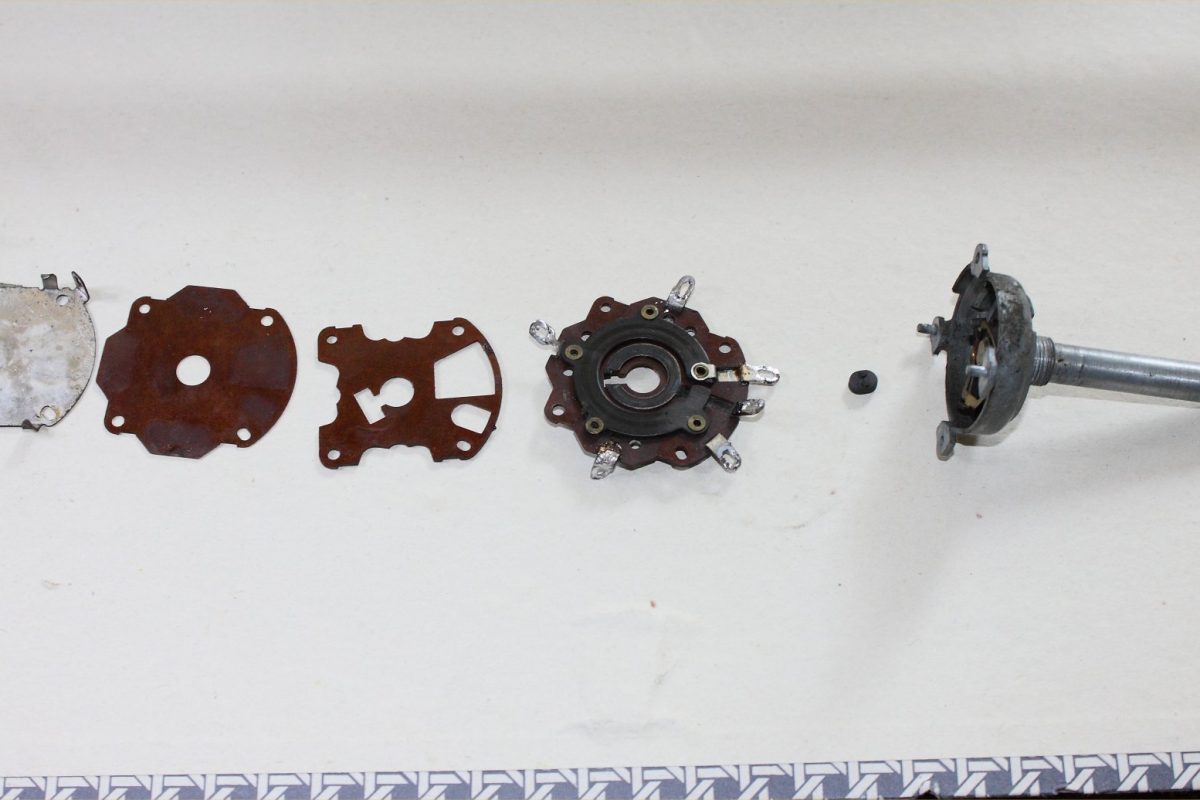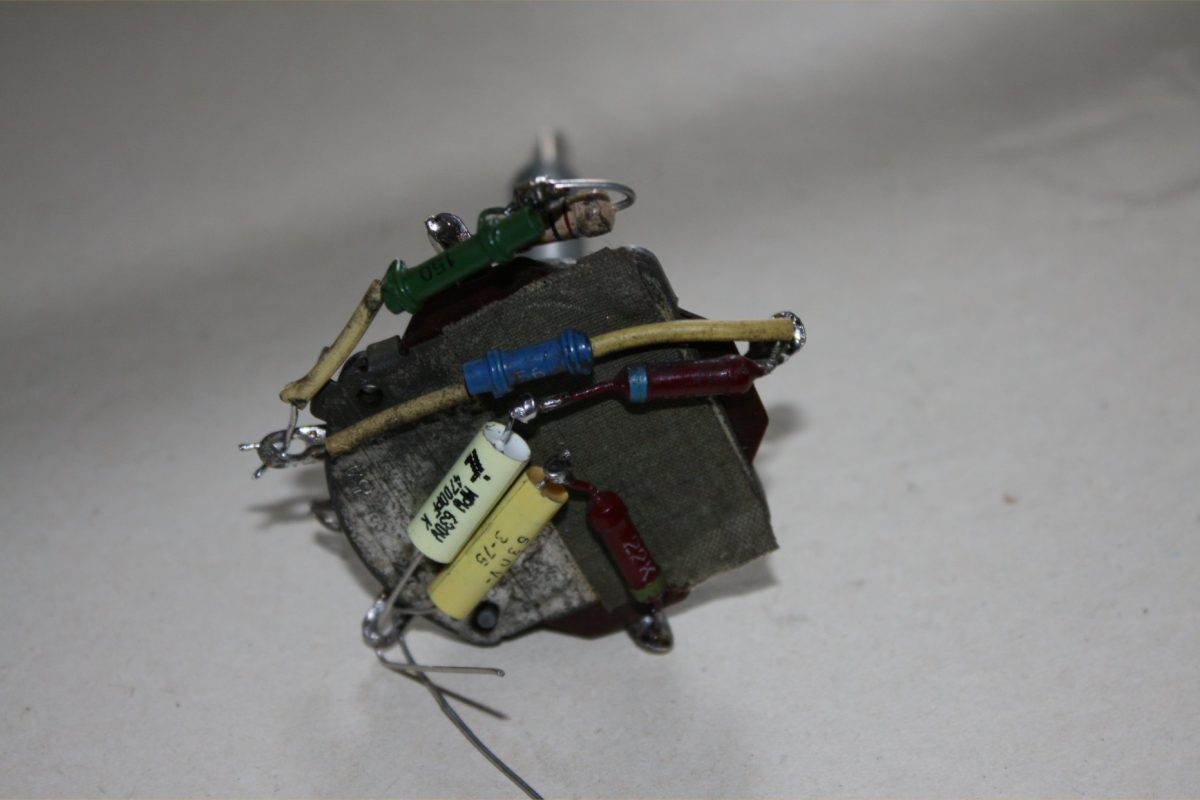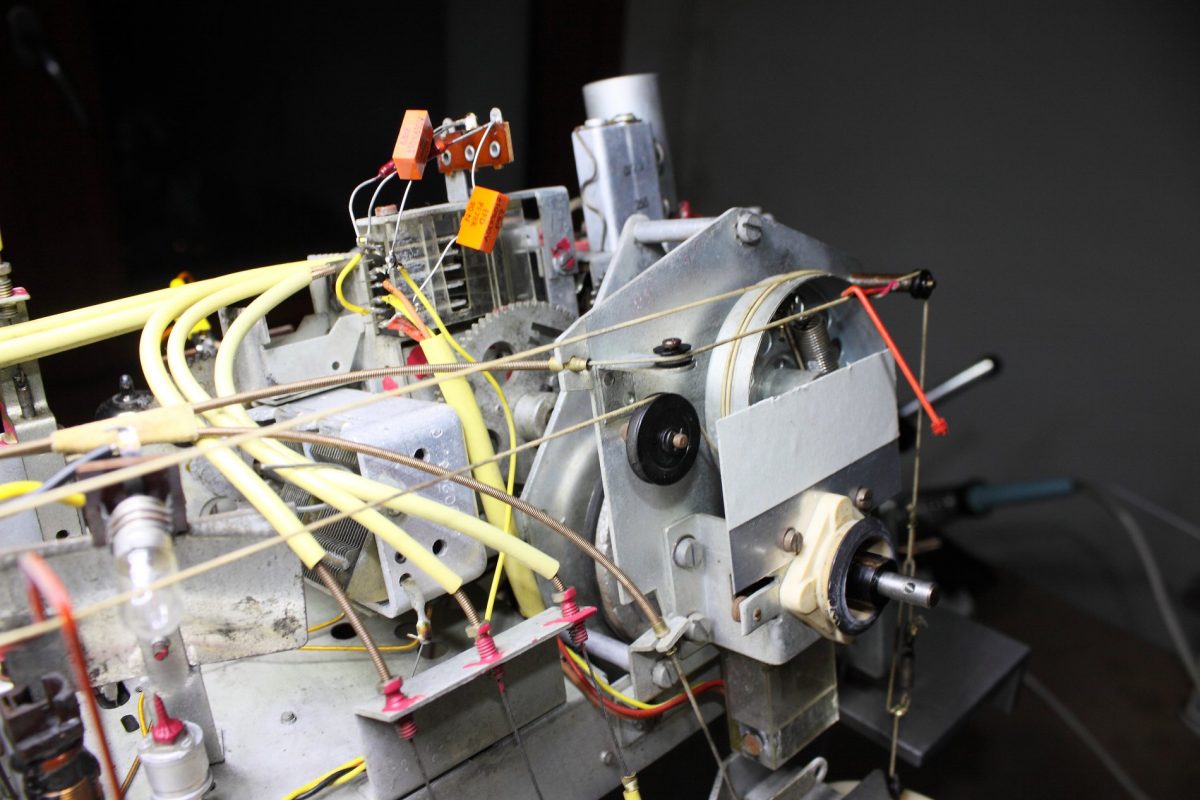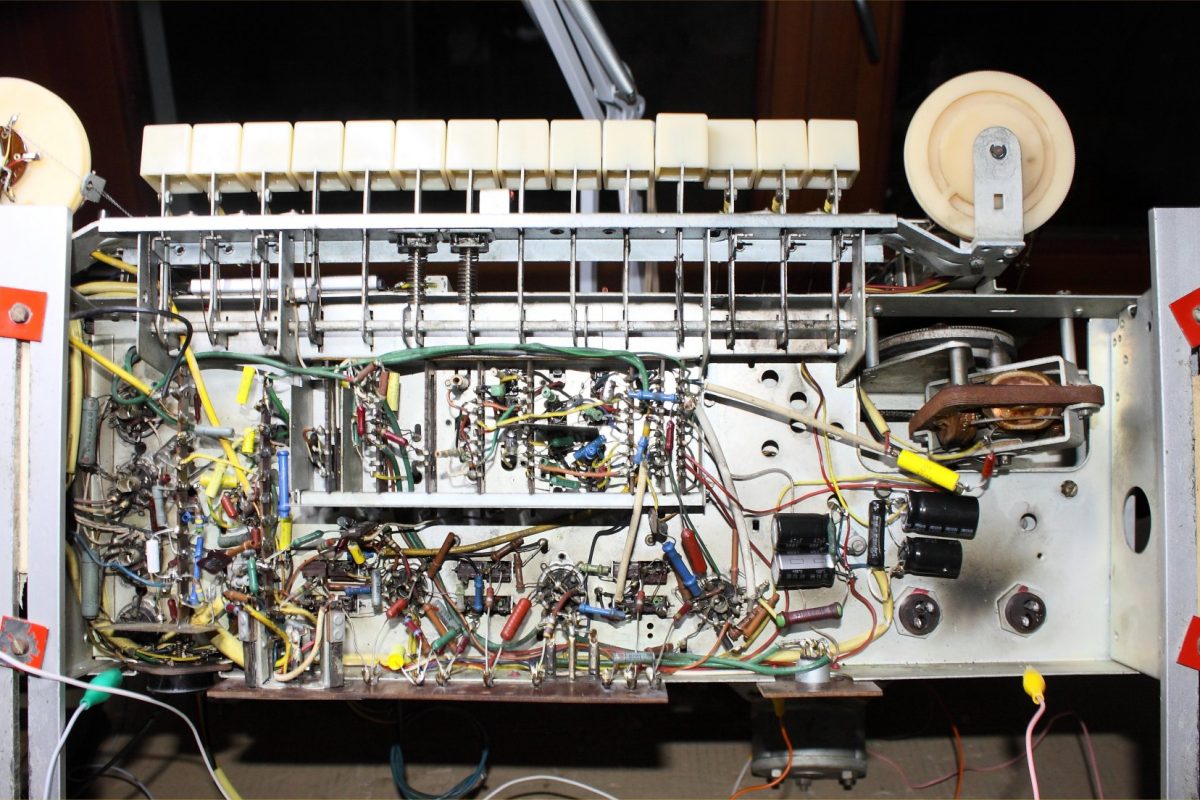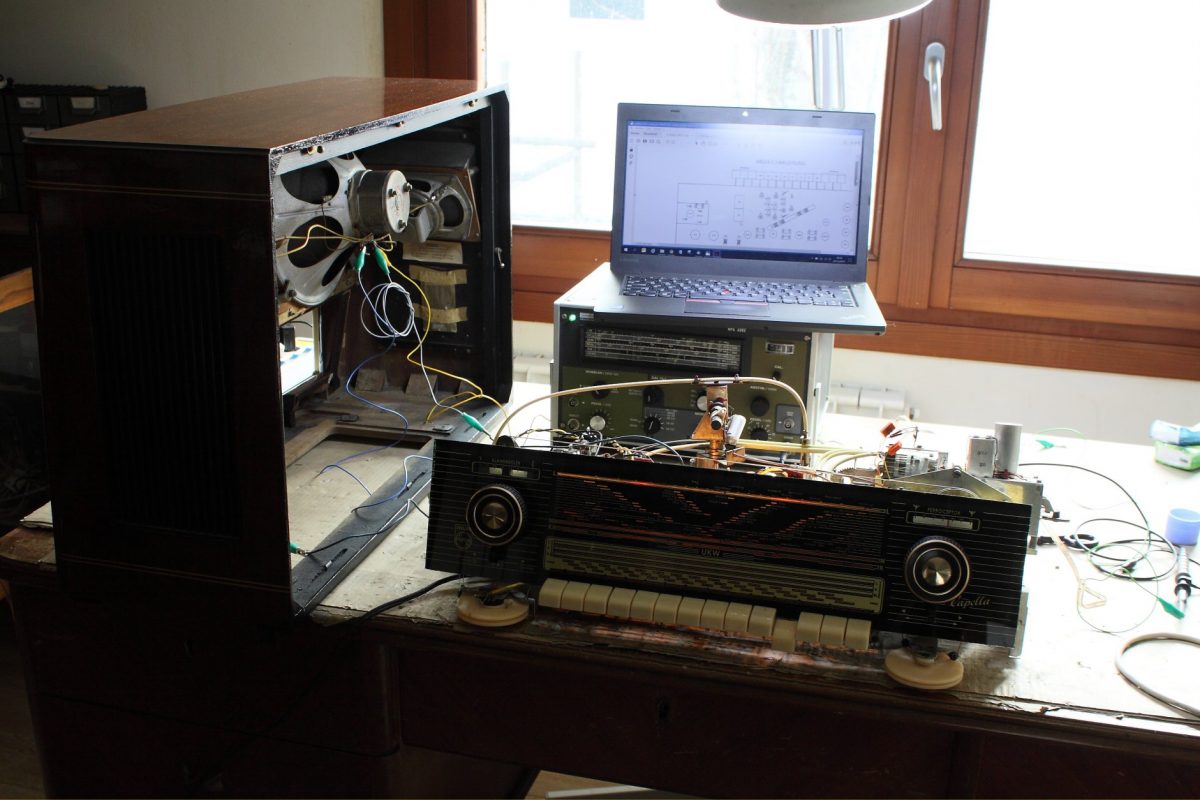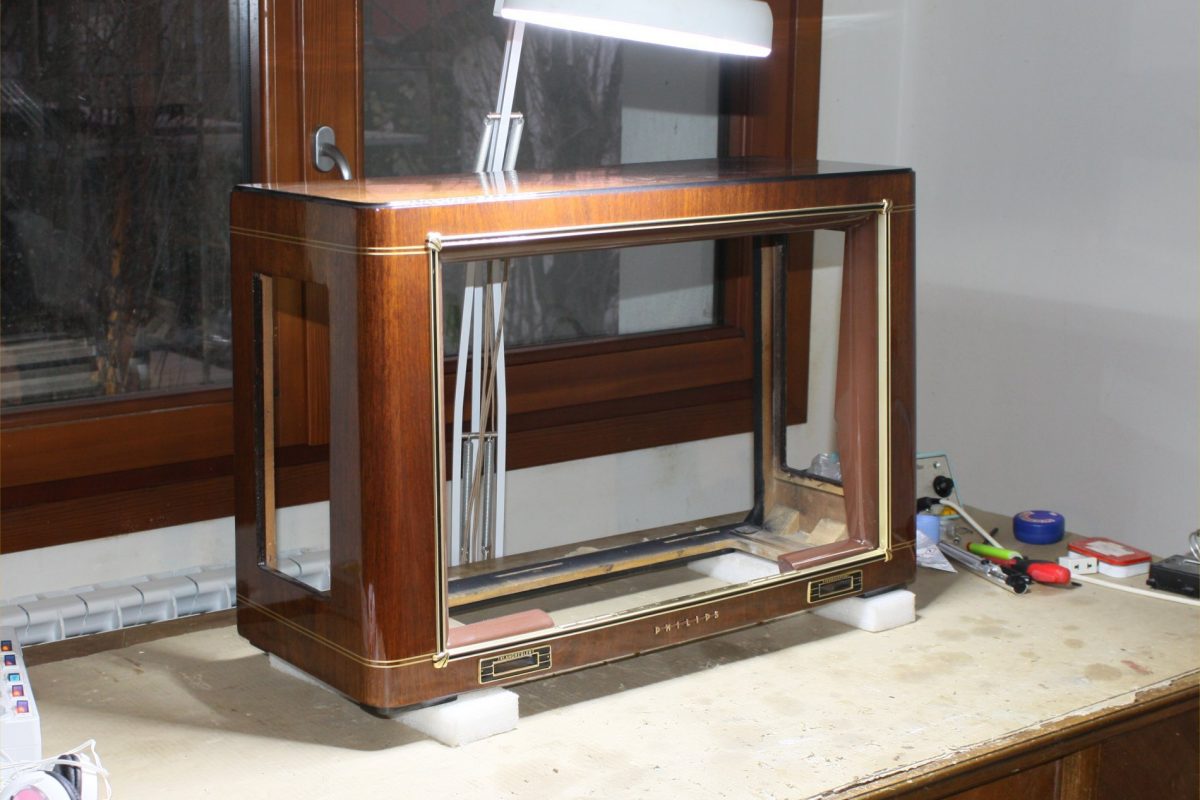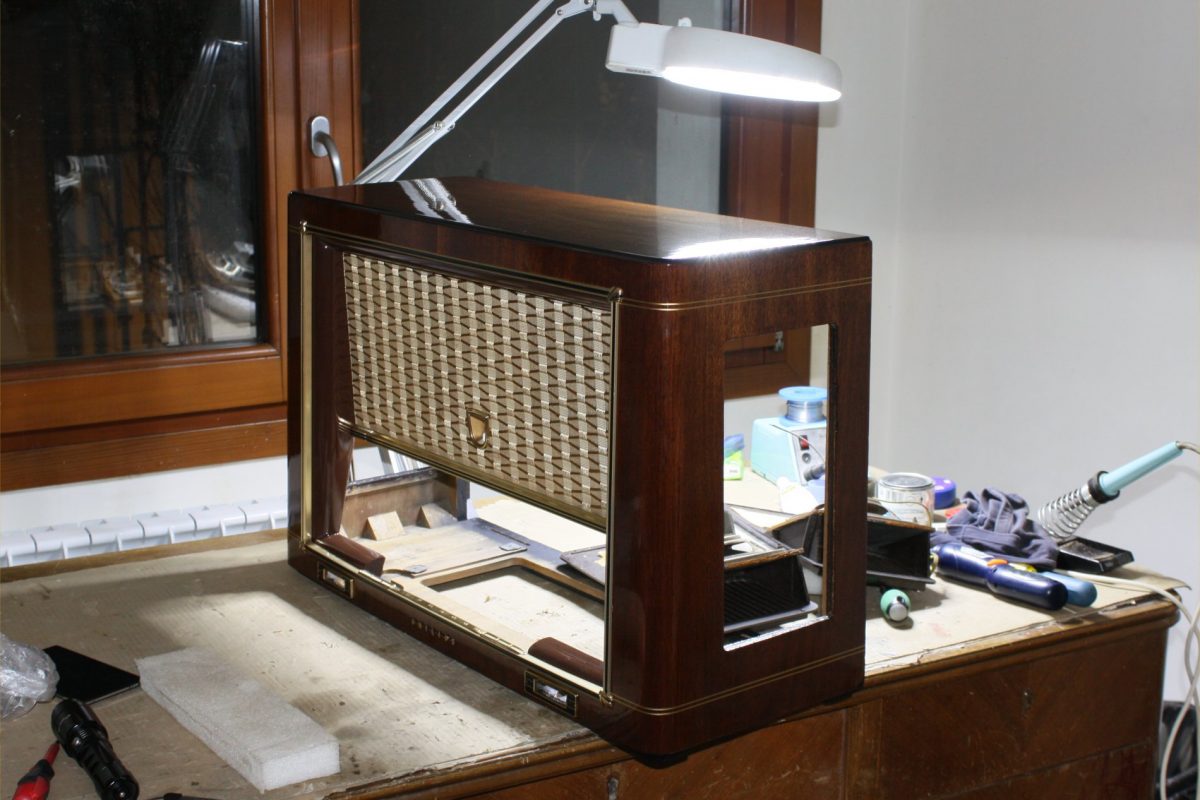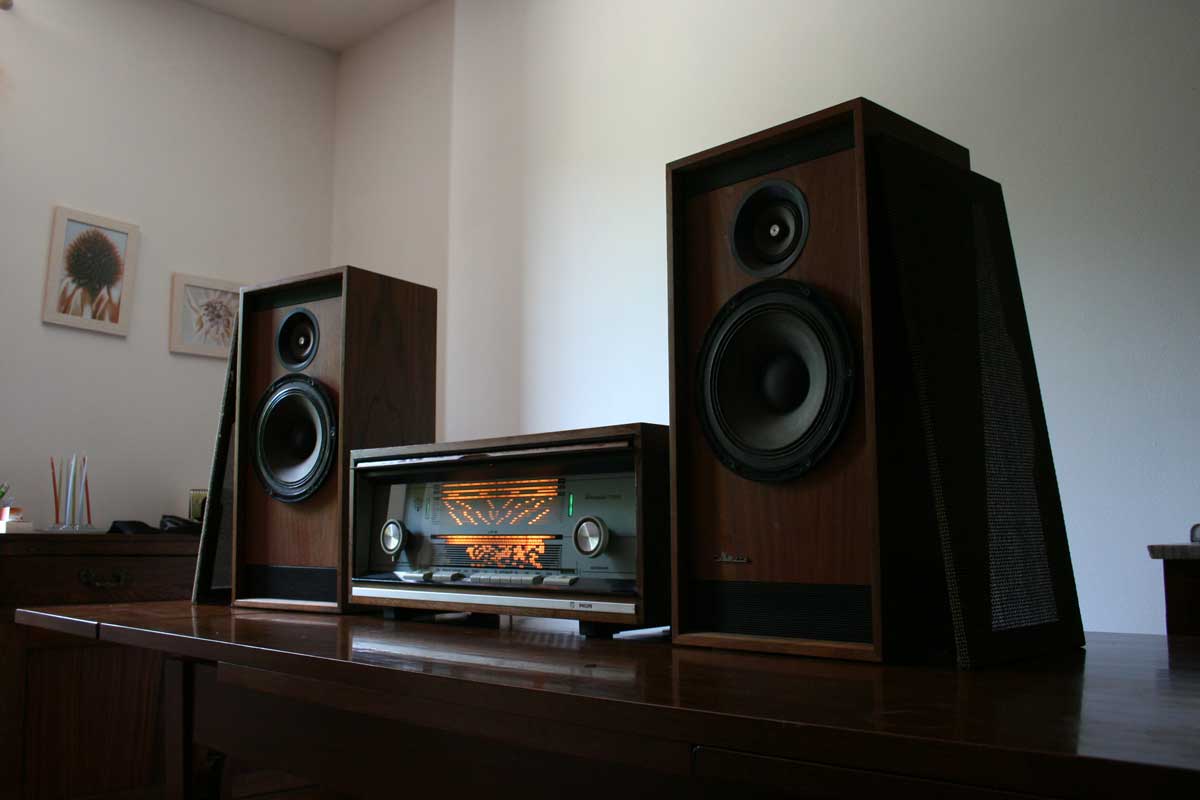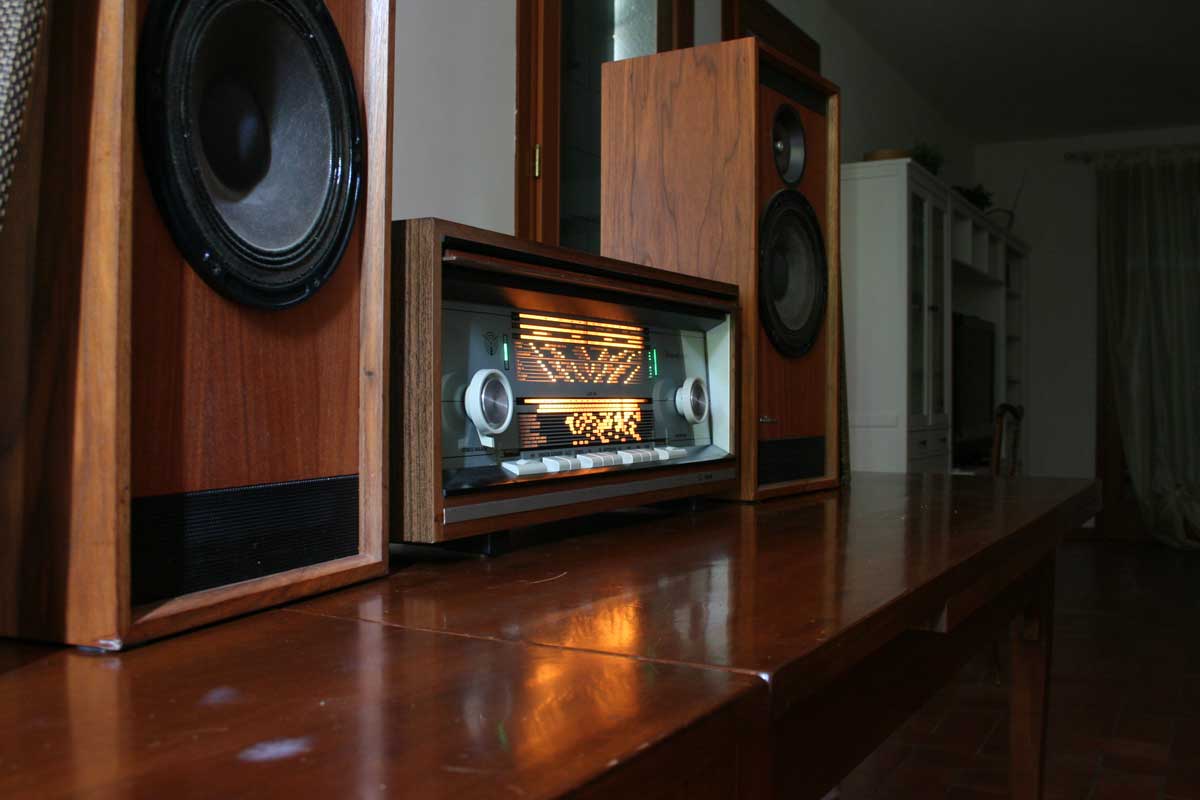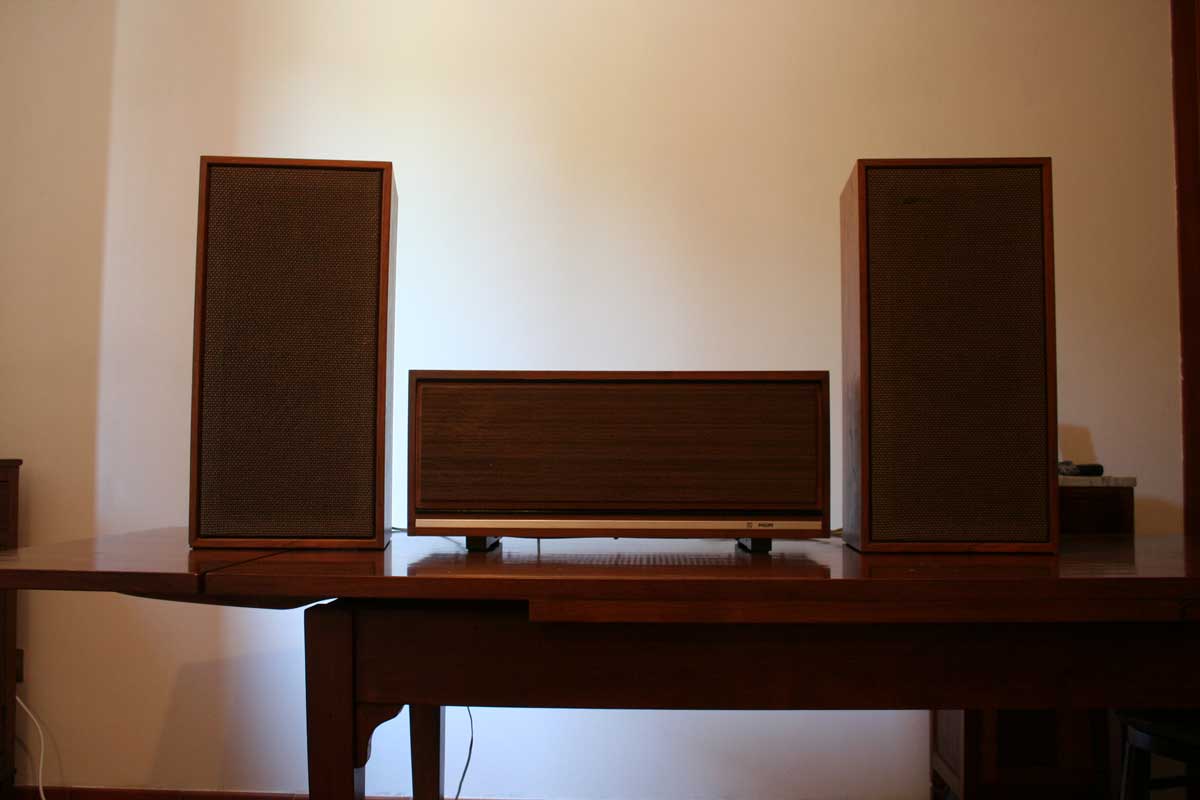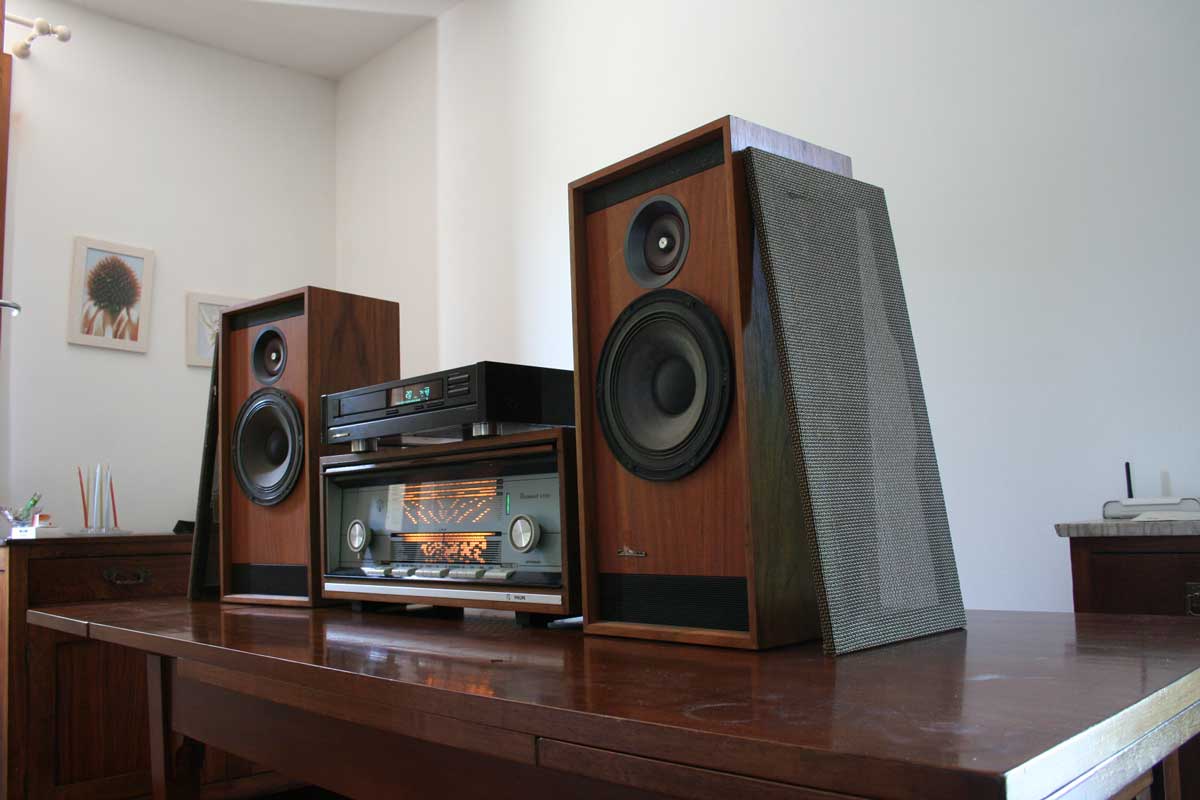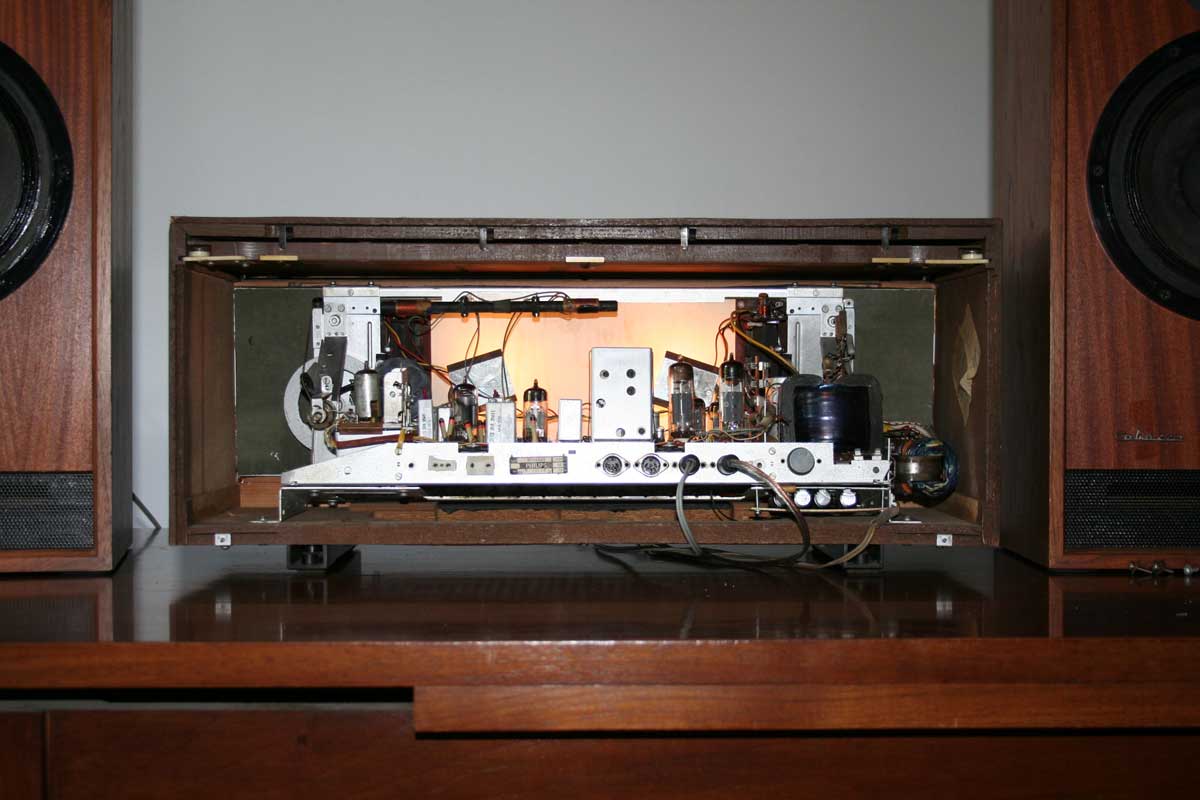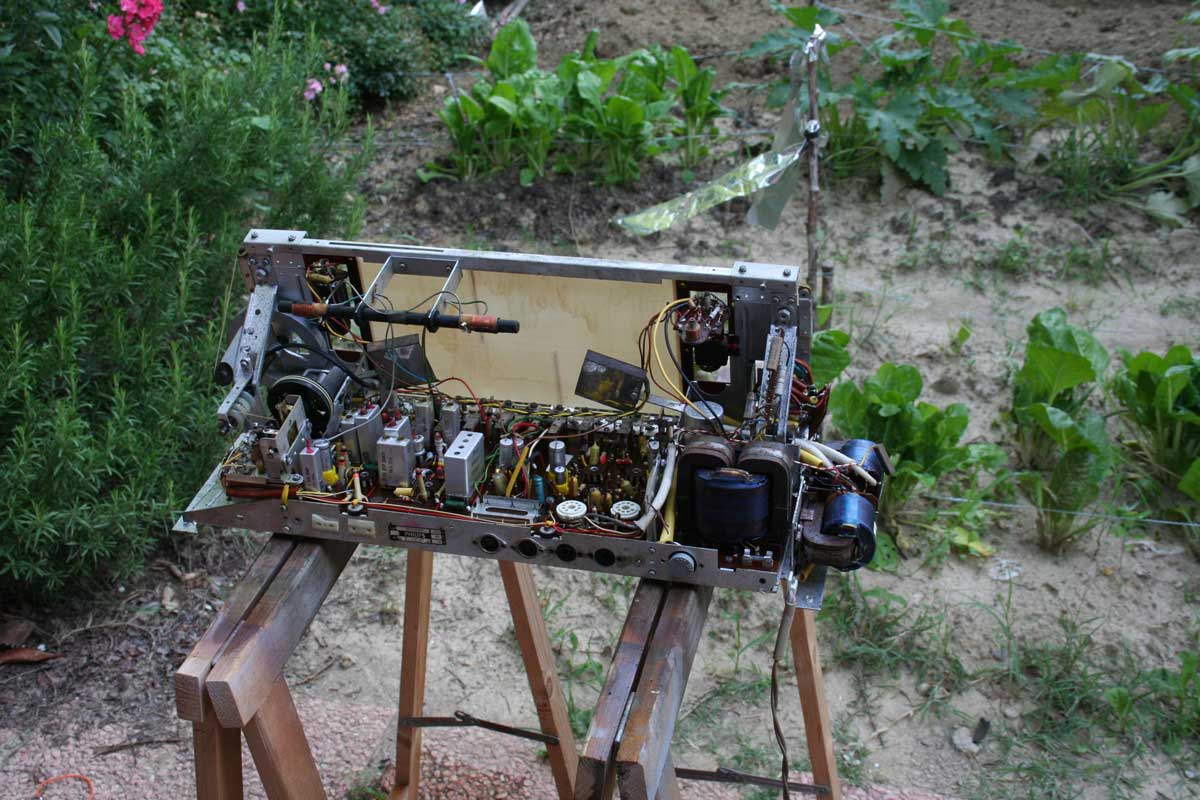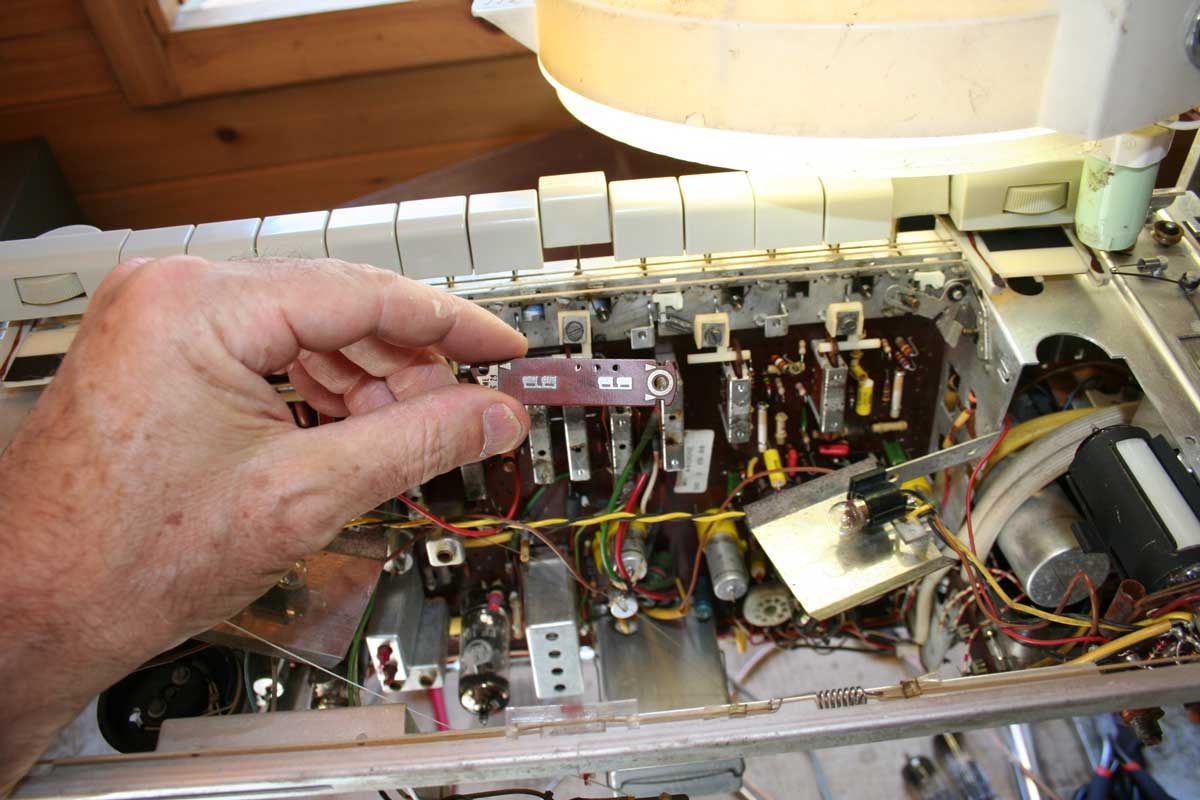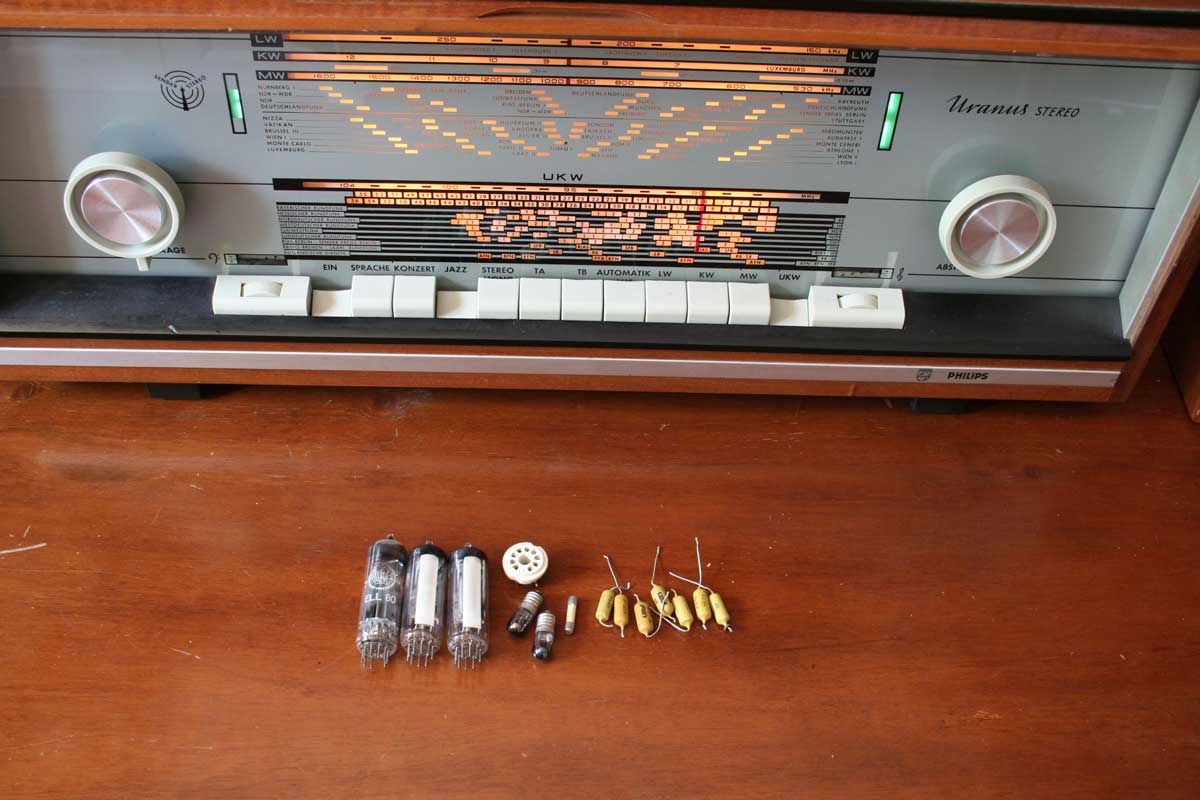The Philips BX998A is the largest and most important radio a valvole device ever built by Philips.
It appears clear that only the performance and exclusivity required by the public to whom such device was addressed were taken into account in the design. There is no other commercial radio built in Europe which is equipped with 16 valves, some of which are double, for an equivalent of 22 single valves.
As I had the opportunity to discuss in the past with some lucky owners of this device, some valves could be saved, reducing the overall price of the device, but, clearly, the price was not the problem, on the contrary.
The Philips BX998A is equipped with some special features that make it exclusive in the context of European production of the time. These are:
- Motorized band selection
- Separate amplifiers for treble and bass
- Ironless Amplifier for the Bass (OTL)
- Double FM band with high and low sensitivity/quality
- Double Medium Wave band to store two simultaneous stations
- Two of the three shortwave bands with separate fine tuning
- High damping with feedback circuit
- High impedance woofer
All these precious things are analyzed in detail in the next page, so I won't talk about them here, in the general description.
The Philips BX998A has considerable dimensions with a front of 71 cm in width and 44 cm in height. The friezes of pure brass and the wooden surfaces of different colors significantly reduce the frontal impact of the cabinet, making it pleasant. The overall design is however the most classic and conservative that could be found at the time. Also in the design the orientation of the project to an audience of a specific social class is evident.
The bass are really deep. This is determined by the separate OTL amplifiers and the 26 cm diameter big woofer.
The excellent 17 cm diameter dual-cone mid-tweeter reproduces the medium and high range very softly.
The arrangement of the speakers favors frontal listening.
The High and Medium Frequency sections.
The FM group has high amplification and stability.
The FM Haute Qualité band is equipped with a automatic noise reduction in the presence of signals below 1.7 uV, the output is muted to avoid rustling and noises when searching for stations.
The deenphasis circuit is set to 50 uS, valid all over the world except for the USA and South Korea. In these countries the filter must be brought to 75 uS.
The AM section is equipped with an orientable antenna for the OM and OL bands. It can be controlled by the crown that surrounds the magic eye on the front.
The medium frequency sections are composed of 9 separate filters for AM and FM. With these filters it is possible to precisely adjust the sensitivity, selectivity and intervention of the noise suppressor.
The listening lacks the nervousness in the trebles which is necessary for the reproduction of Jazz, Rock and post Rock music. In fact, this radio is particularly suitable for listening to symphonic, lyrical and baroque music. The great choirs are expressed with incredilbe dynamism but, at the same time, the madrigal is reproduced with the necessary precision.
But what surprised me was listening to the bordone in Wagner's prelude to "Das Rheingold ". It is unlikely that a radio could do better with these musical genres.
The tracks chosen for the listening are dedicated to Dutch artists, such as the manufacturers of this device.
The first track is Pieter Bustijn's Suite N.6 in A min – Giga.
Pierre Bustijn (1649-1729) was a Flemish composer. Harpsichordist, organist and music box player.
Only his 9 Cembalo Suites survived the destruction of the Middelburg Archive during the Second World War. Almost nothing is known about him, but his nine harpsichord Suites were very popular at the time.
Bach's influence pervades the suites both in their melodies and in their form, clear in their elegant construction.
The second track, by Jan Pieterszoon Sweelinck, is taken from the 2012 KoninginnedagConcert requested by Queen Beatrice for the 450th anniversary of the composer's birth. Sweelinck studied with Gabrieli during his stay in Venice. Andrea Gabrieli (Venice 1510-1586), singer in San Marco, composer of madrigals and musics for triumphal occasions, such as the victory of Lepanto on 7 October 1571.
Sweelinck's great ability was to merge and renew the English counterpoint forms with the choirs of the Italian and German schools.
The reverberations and depth of live recording are noticeable when listening to the file.
 german radios - cn
german radios - cn
